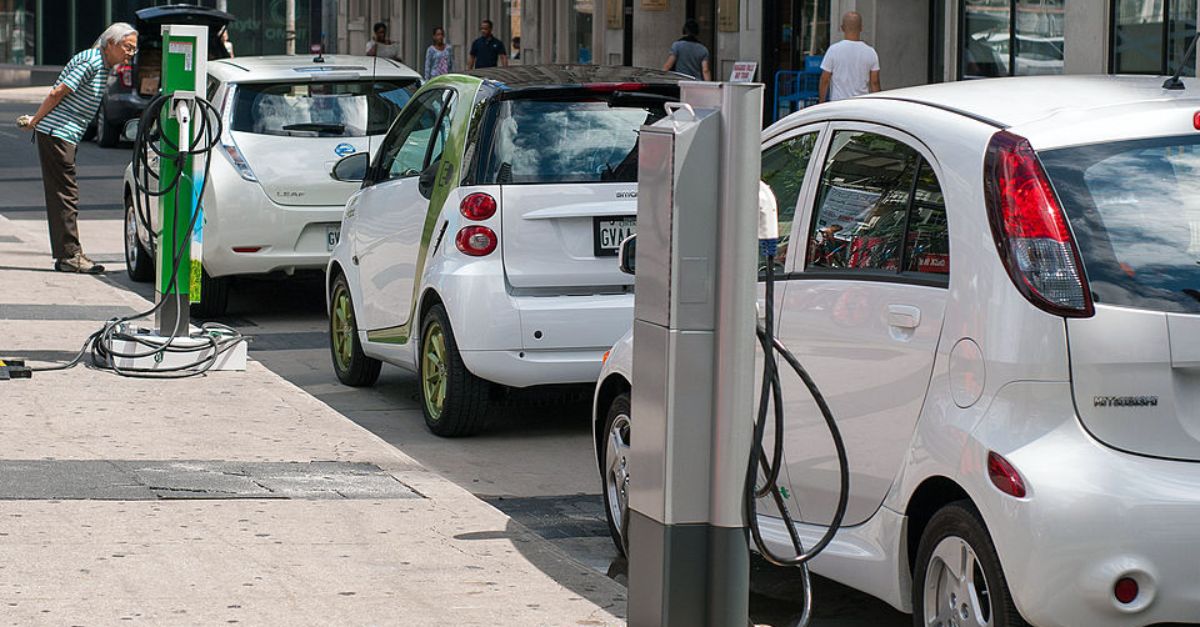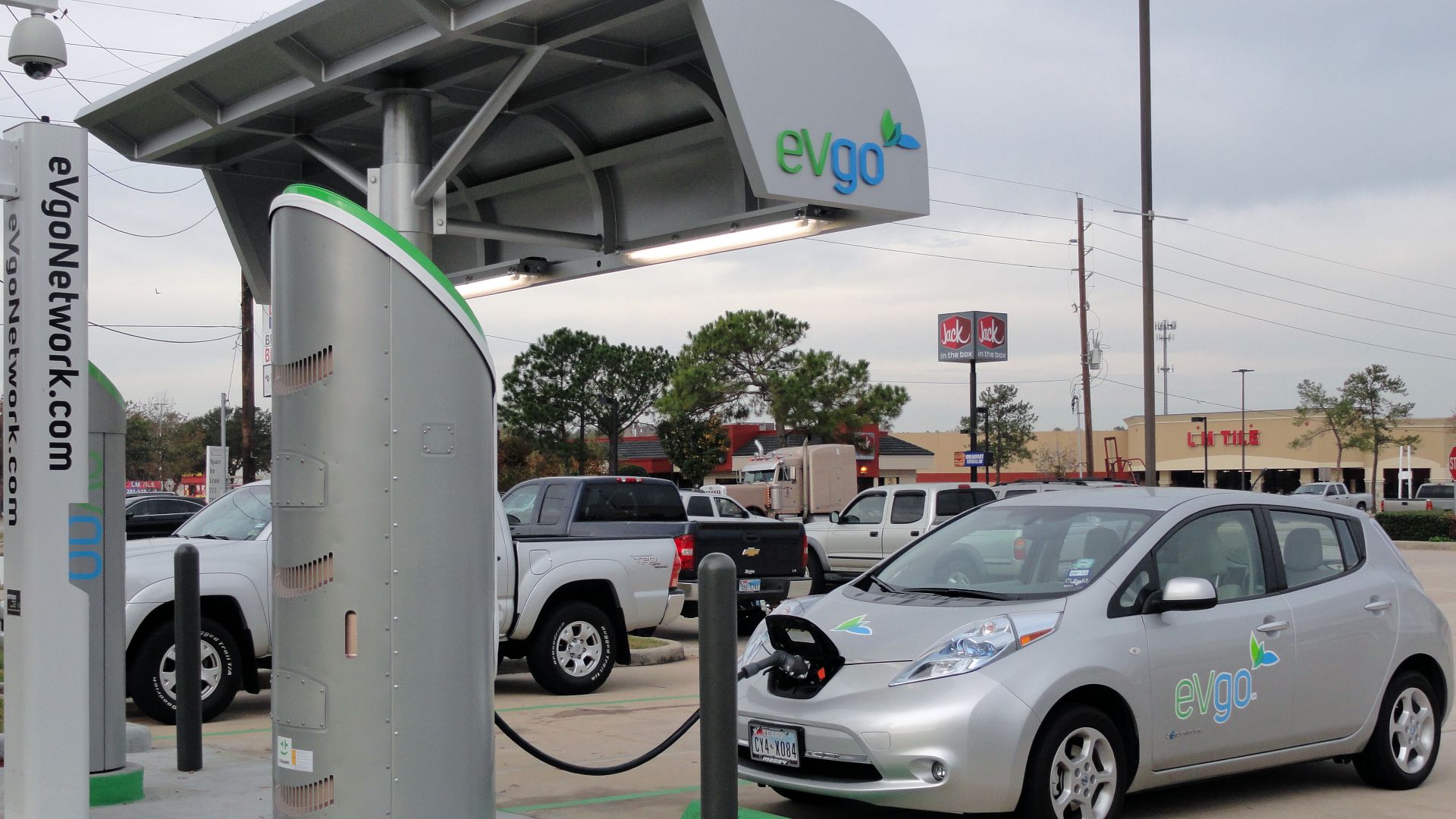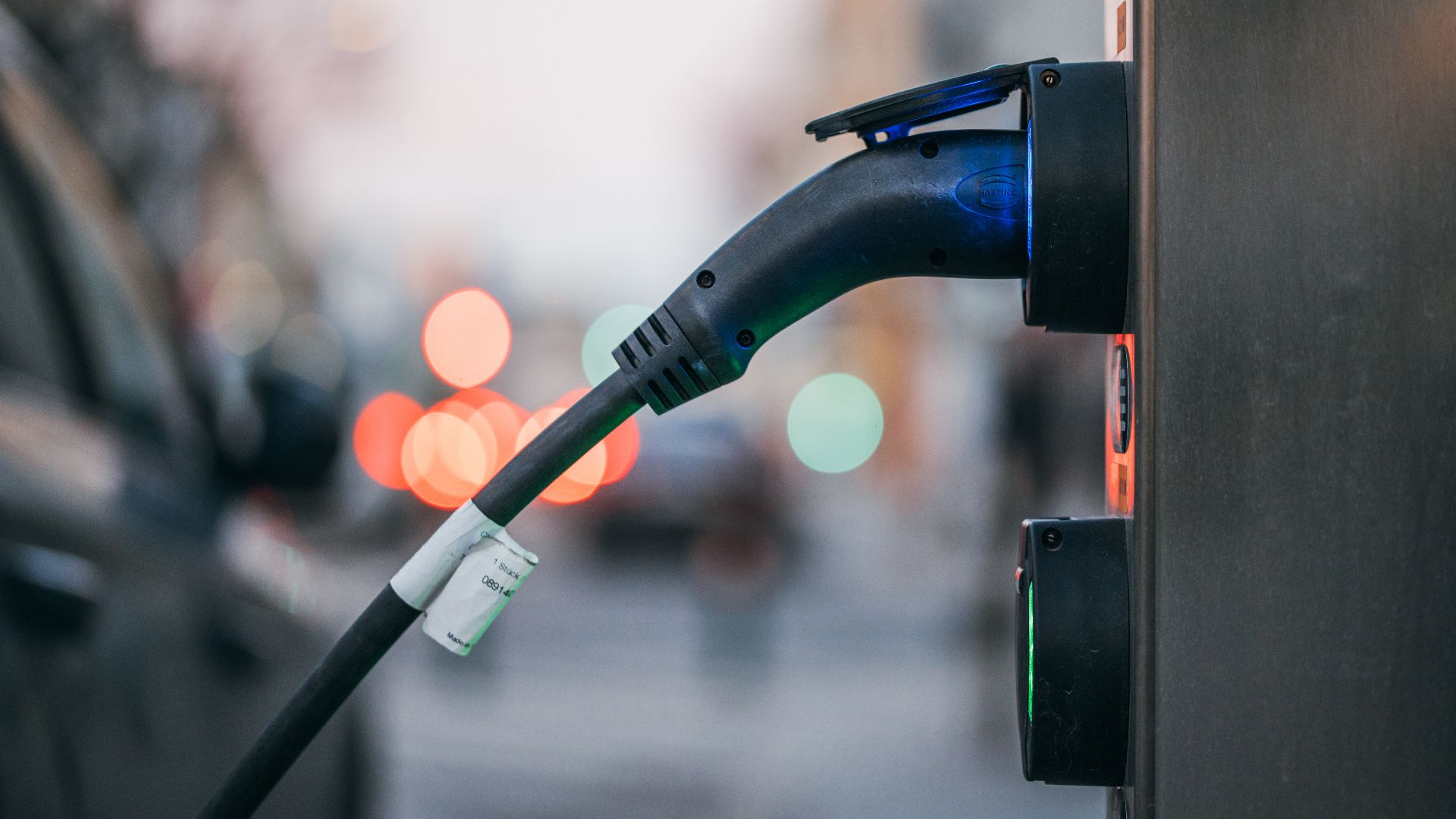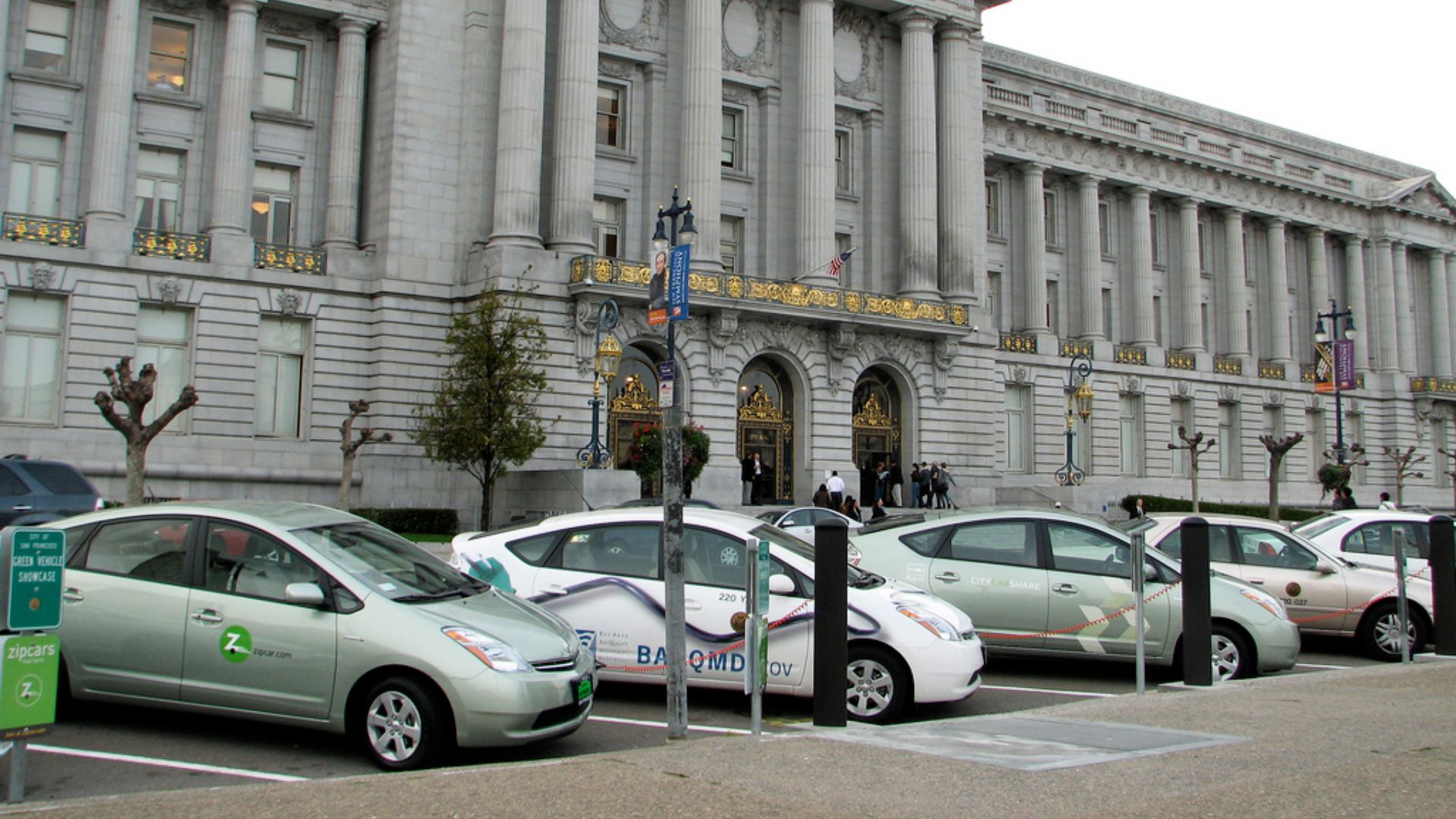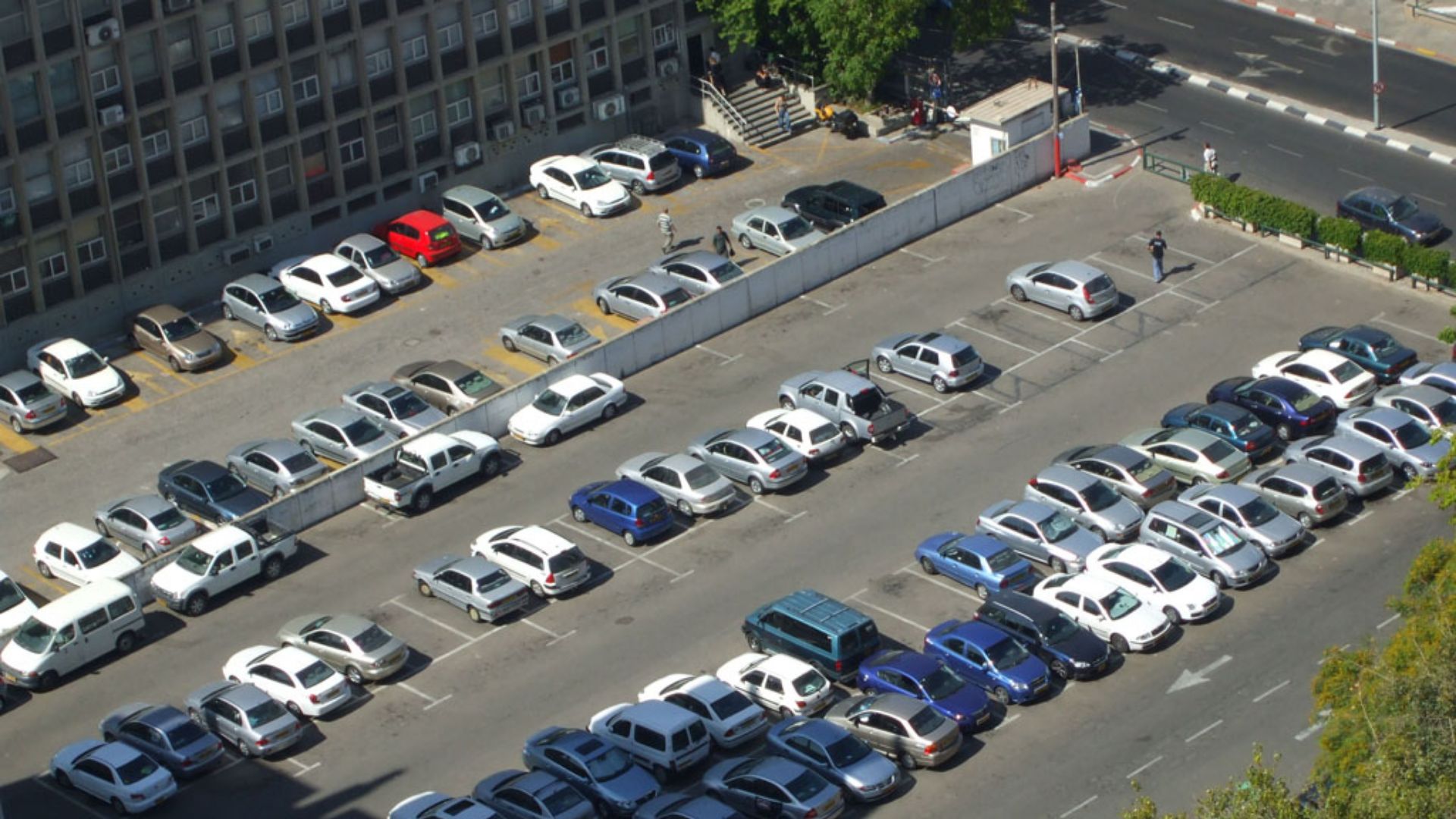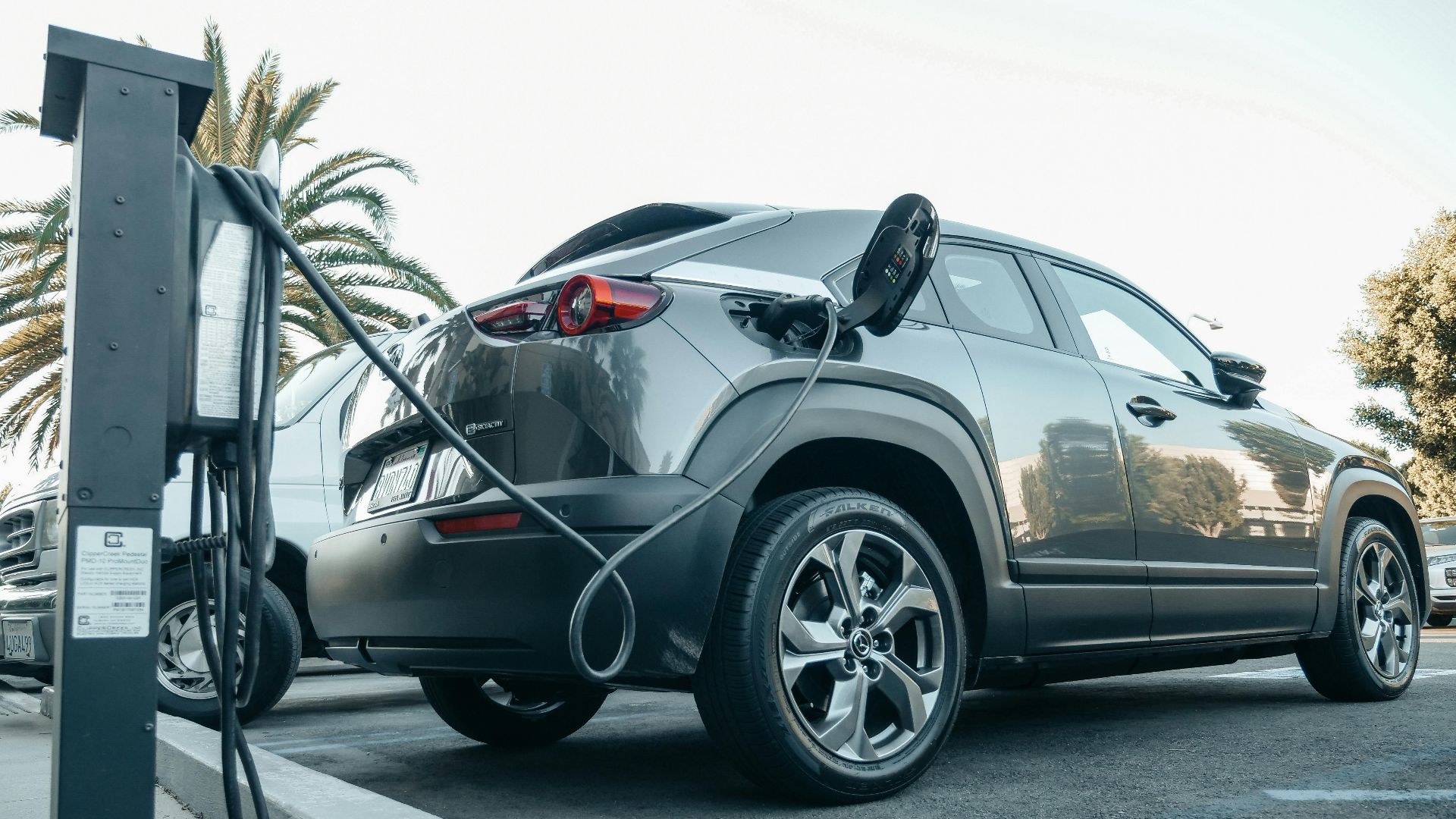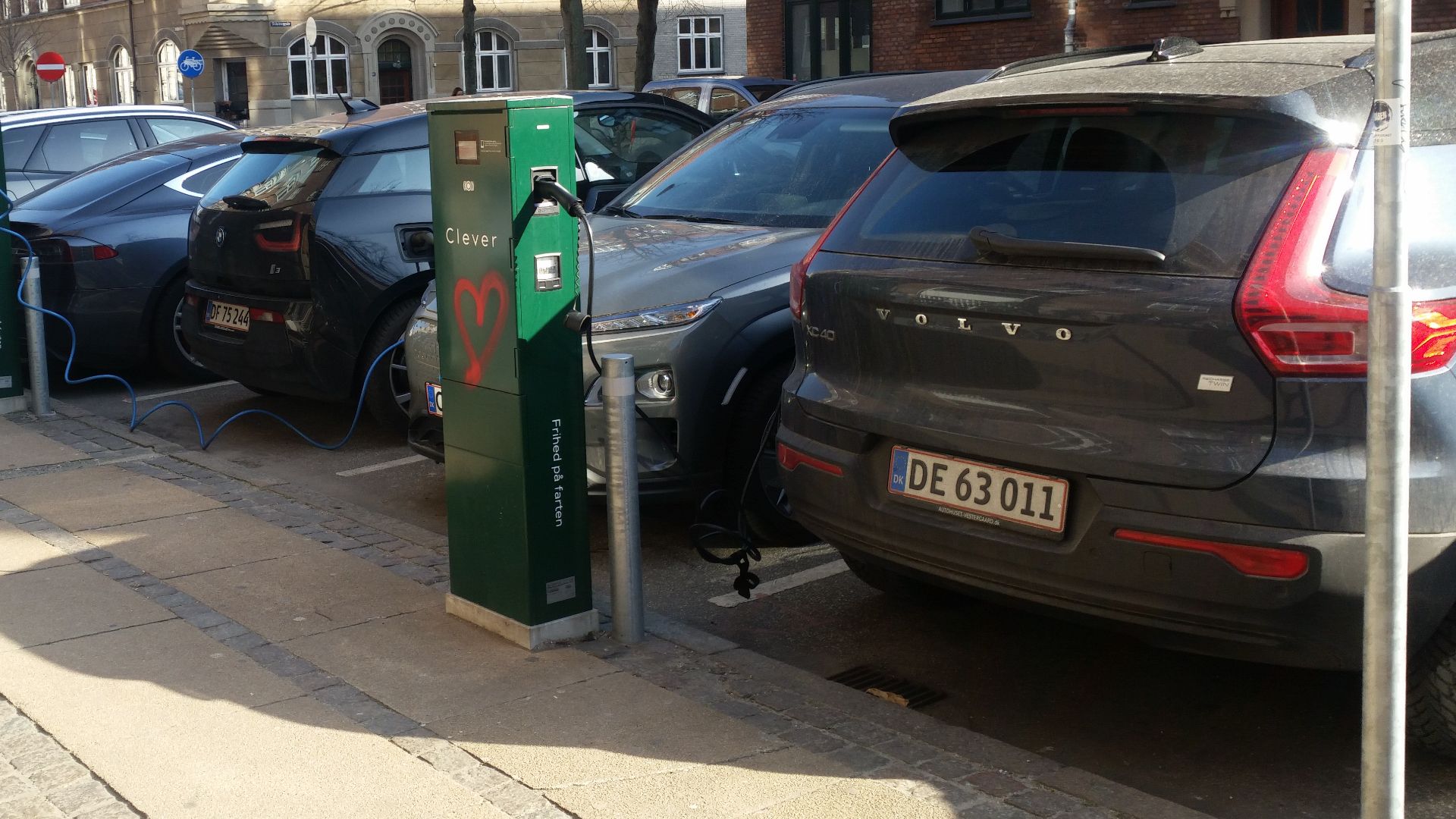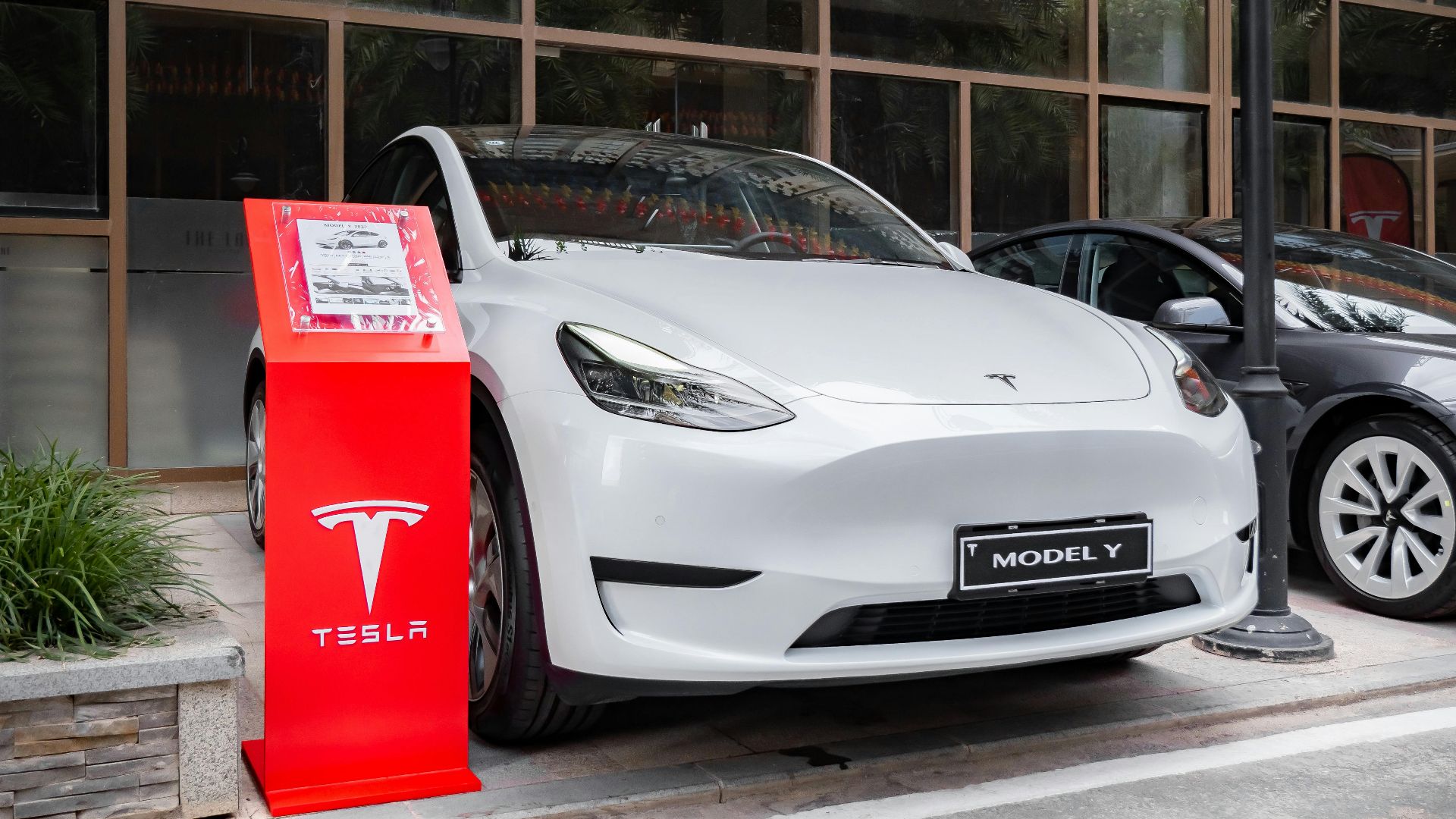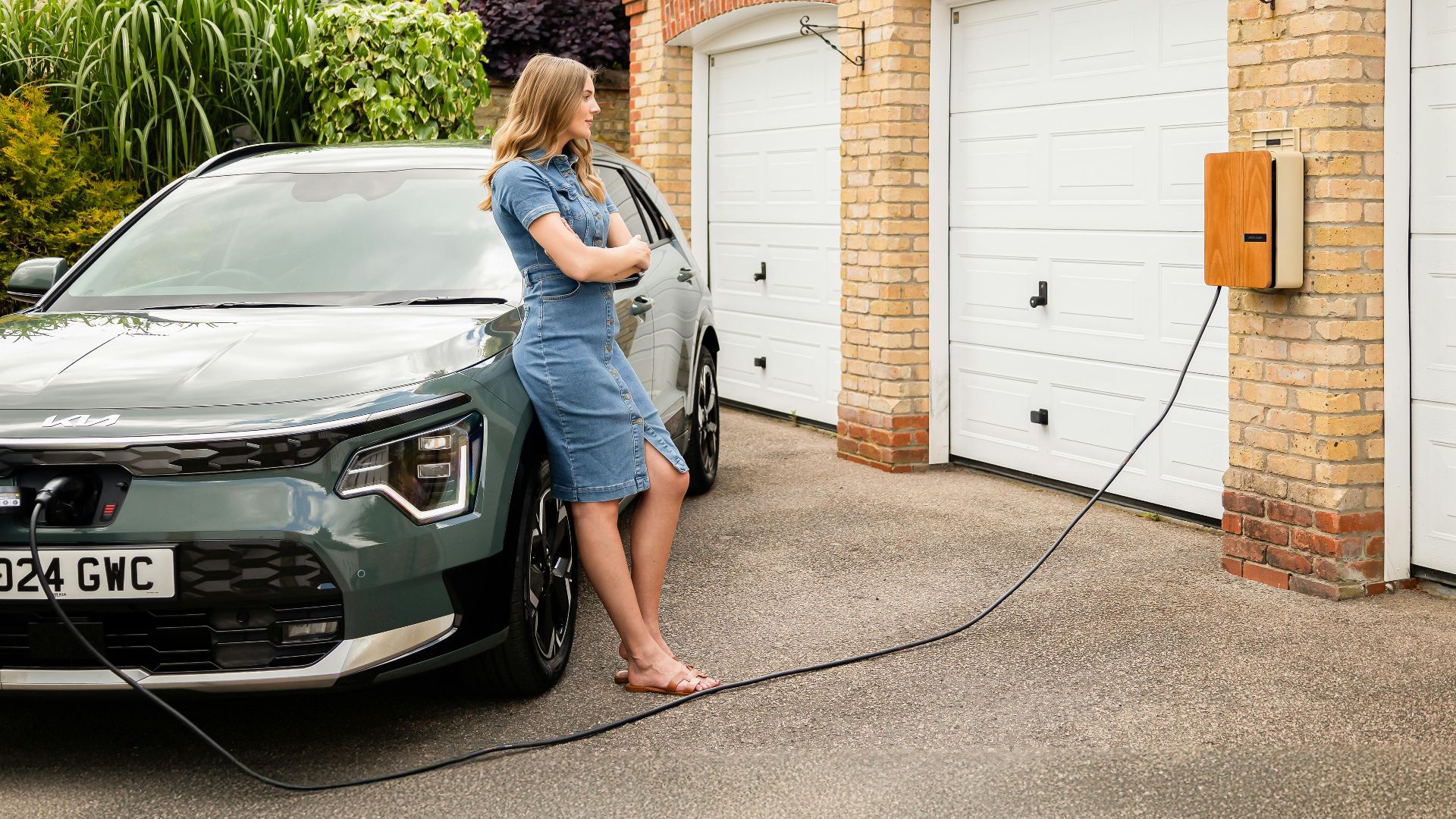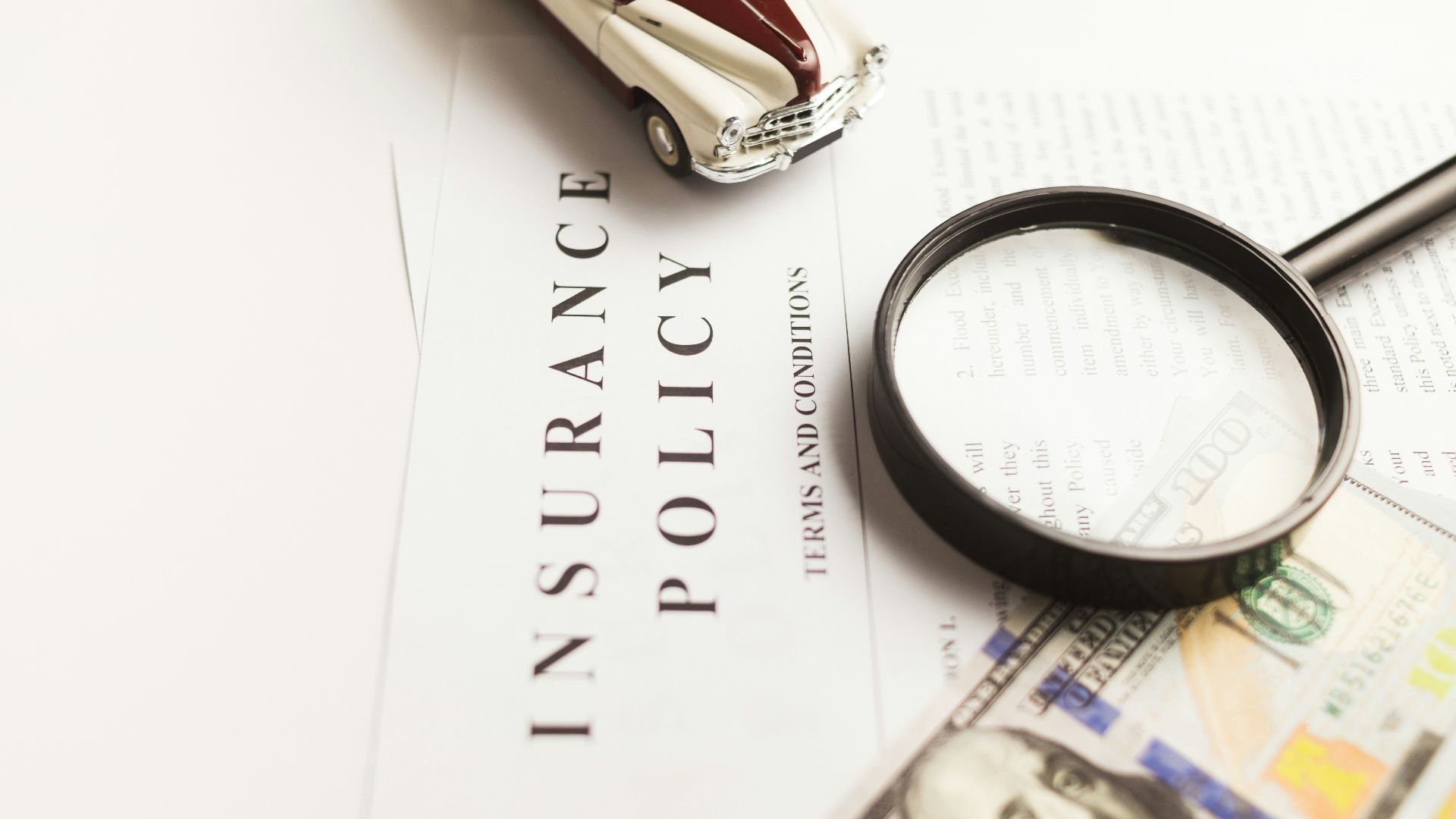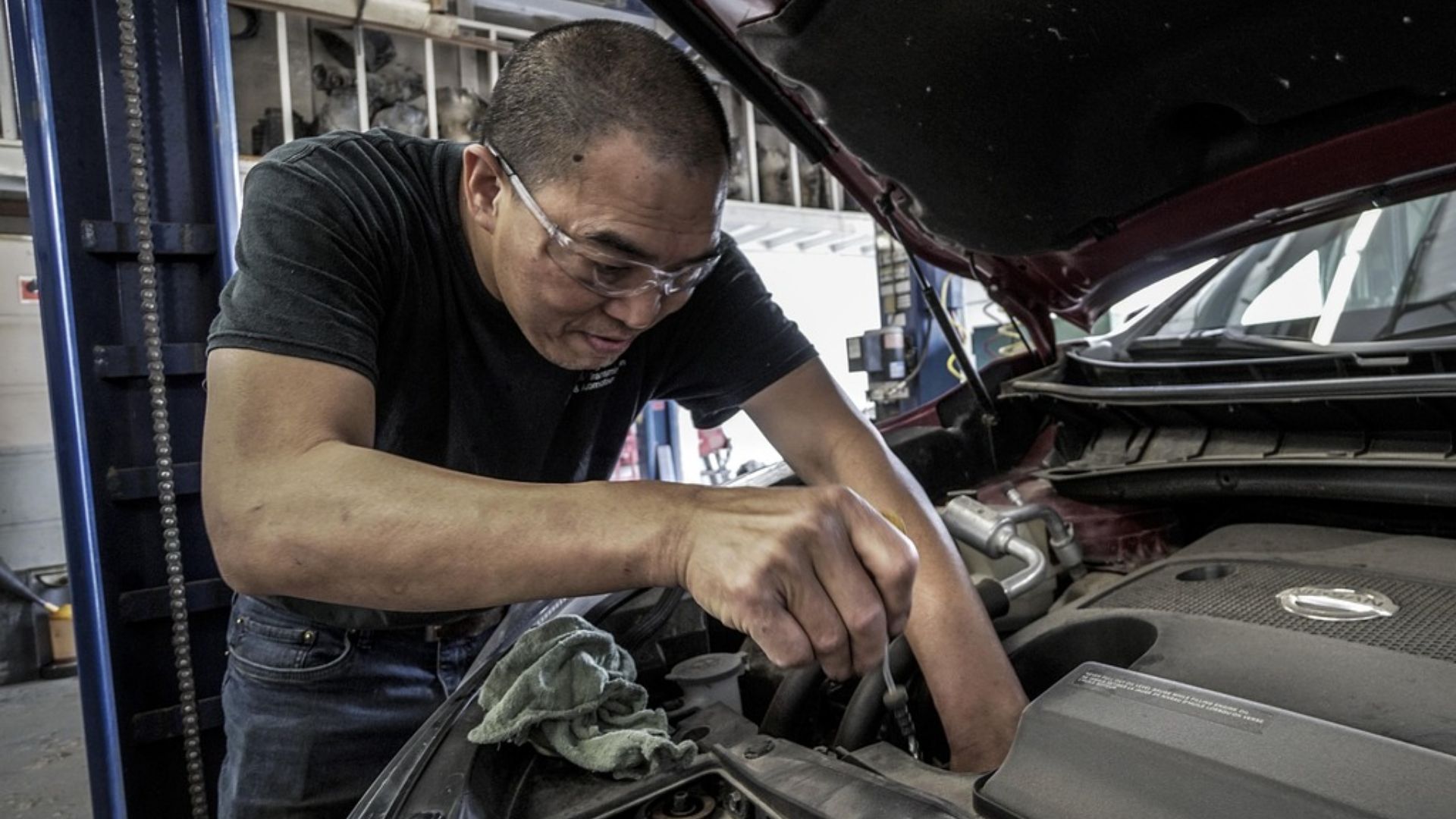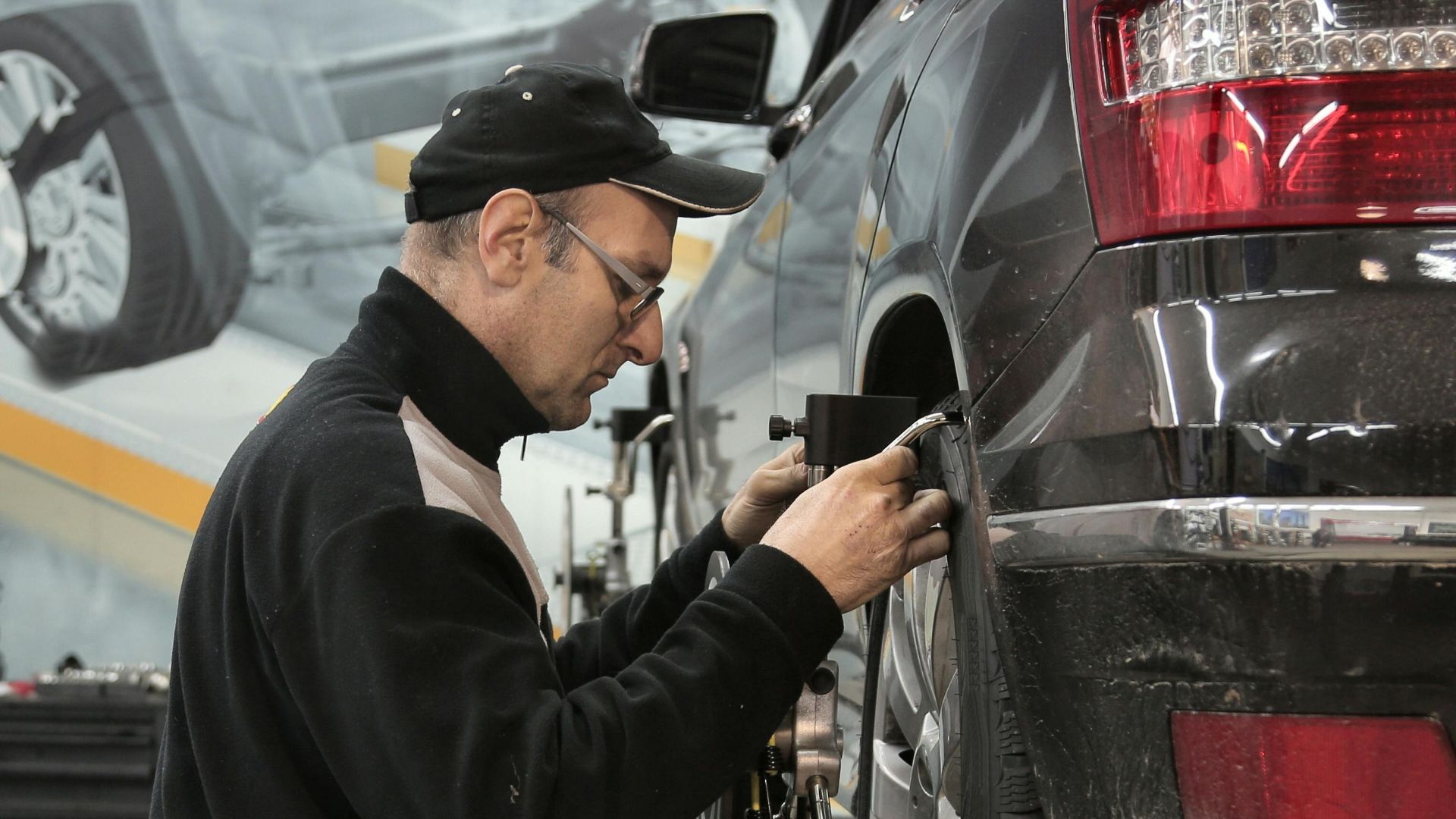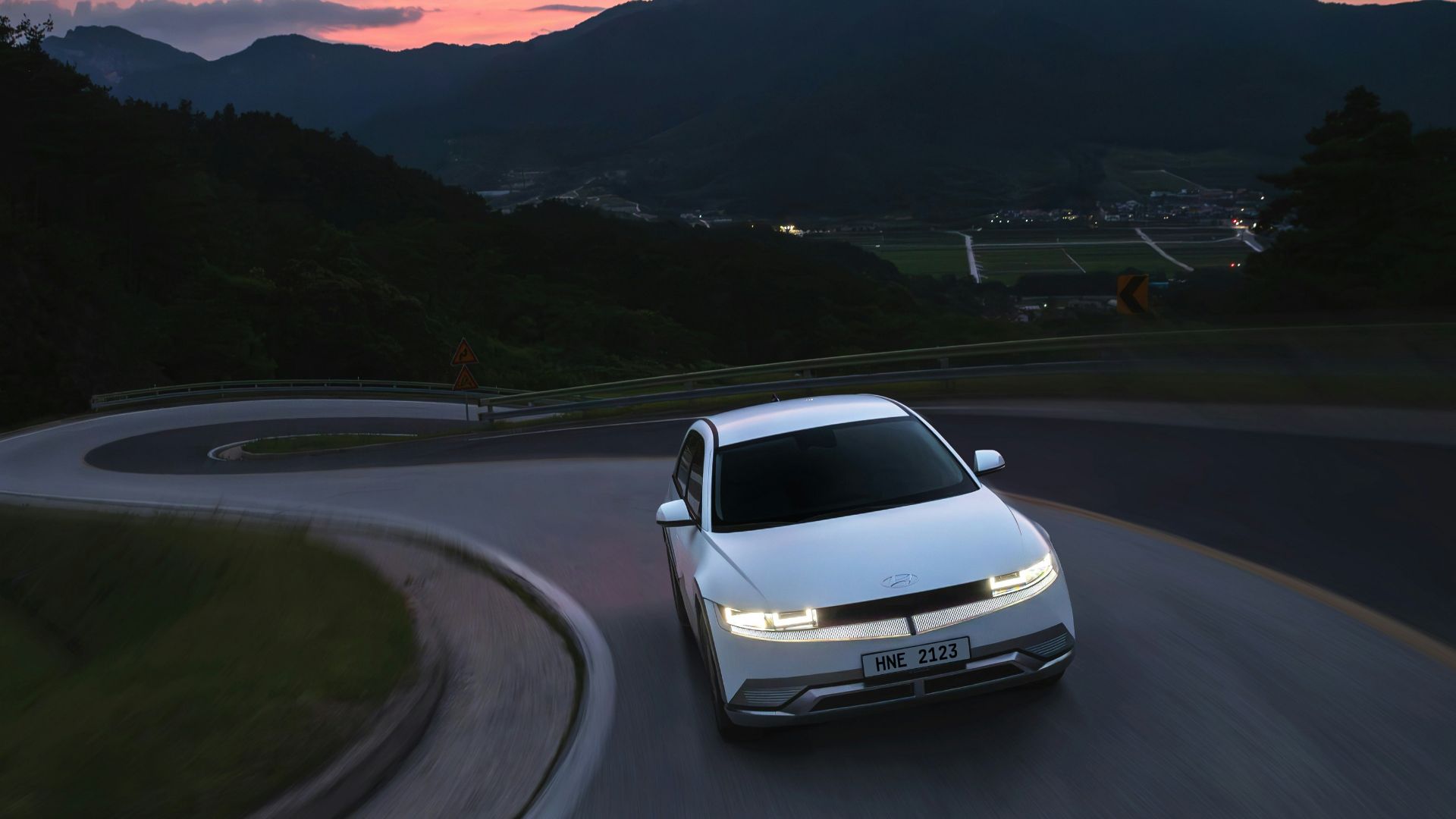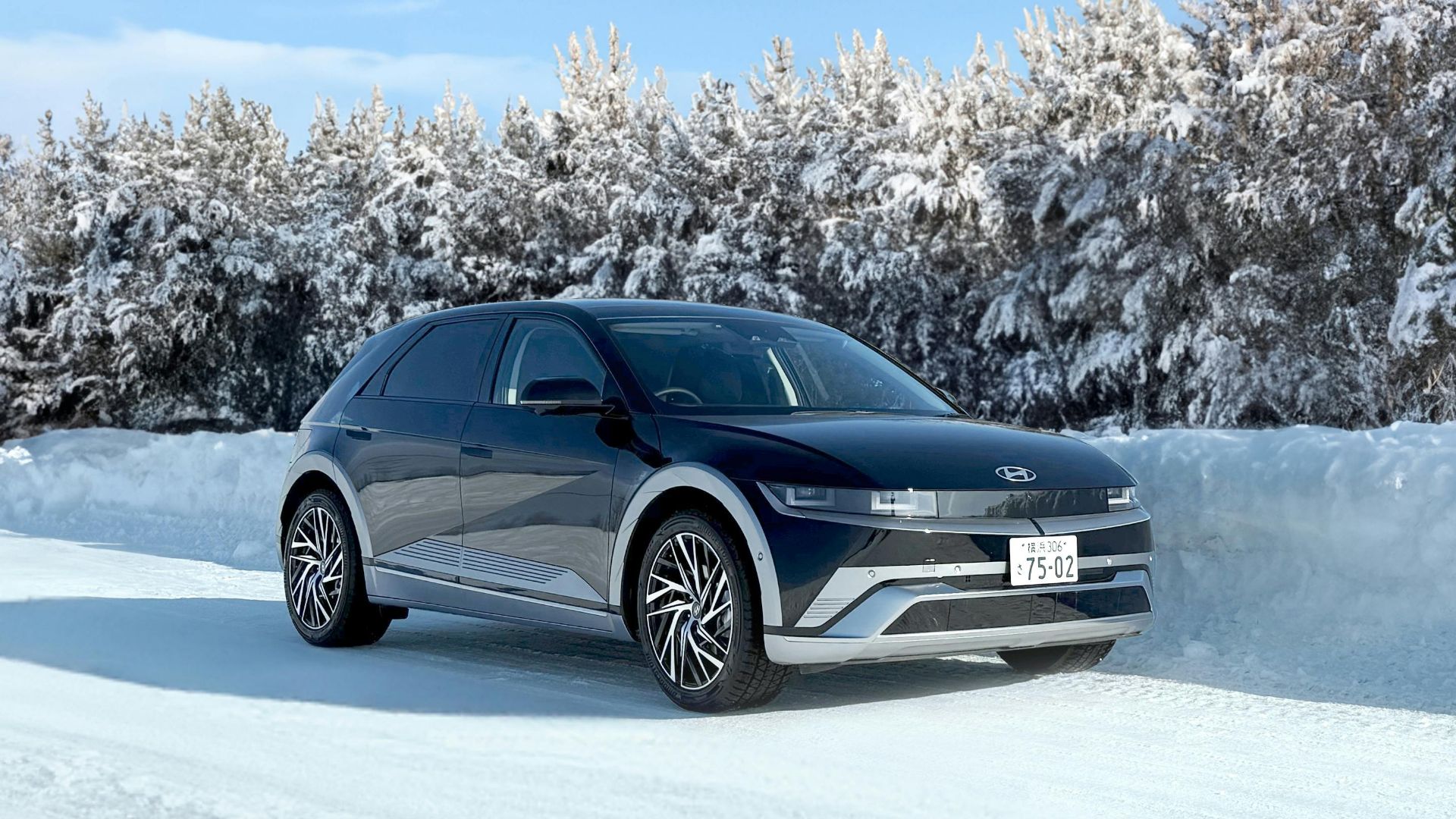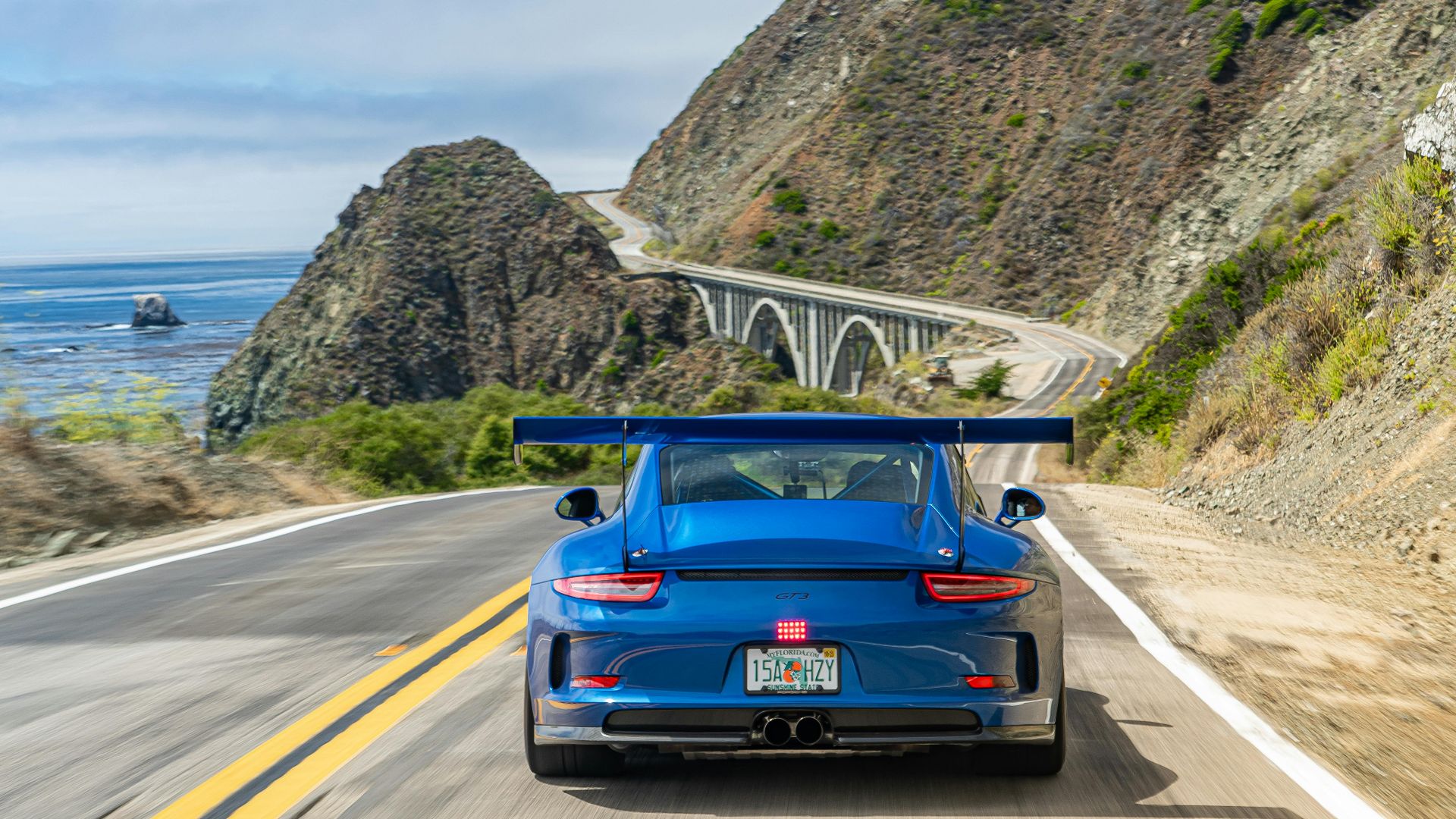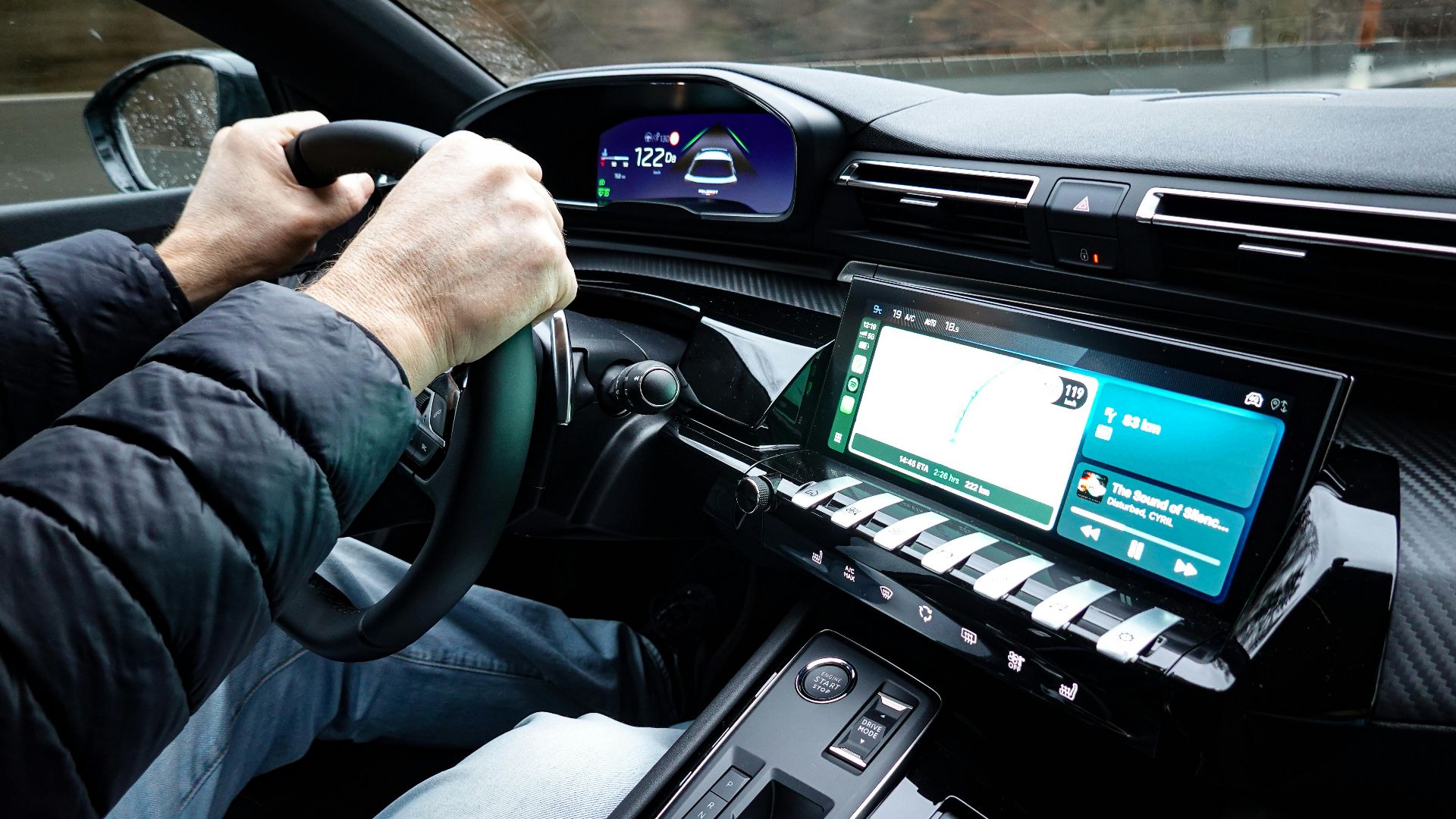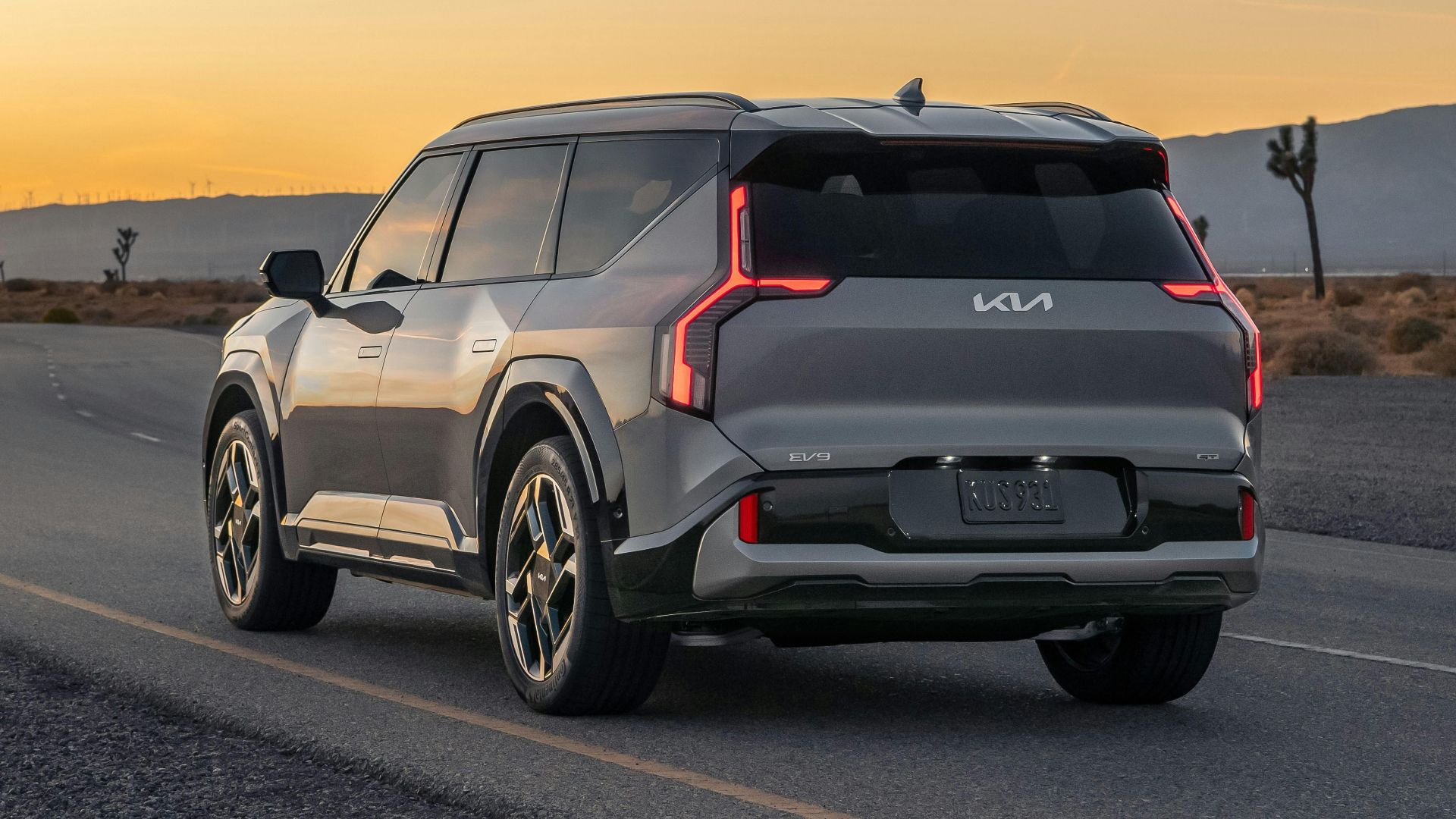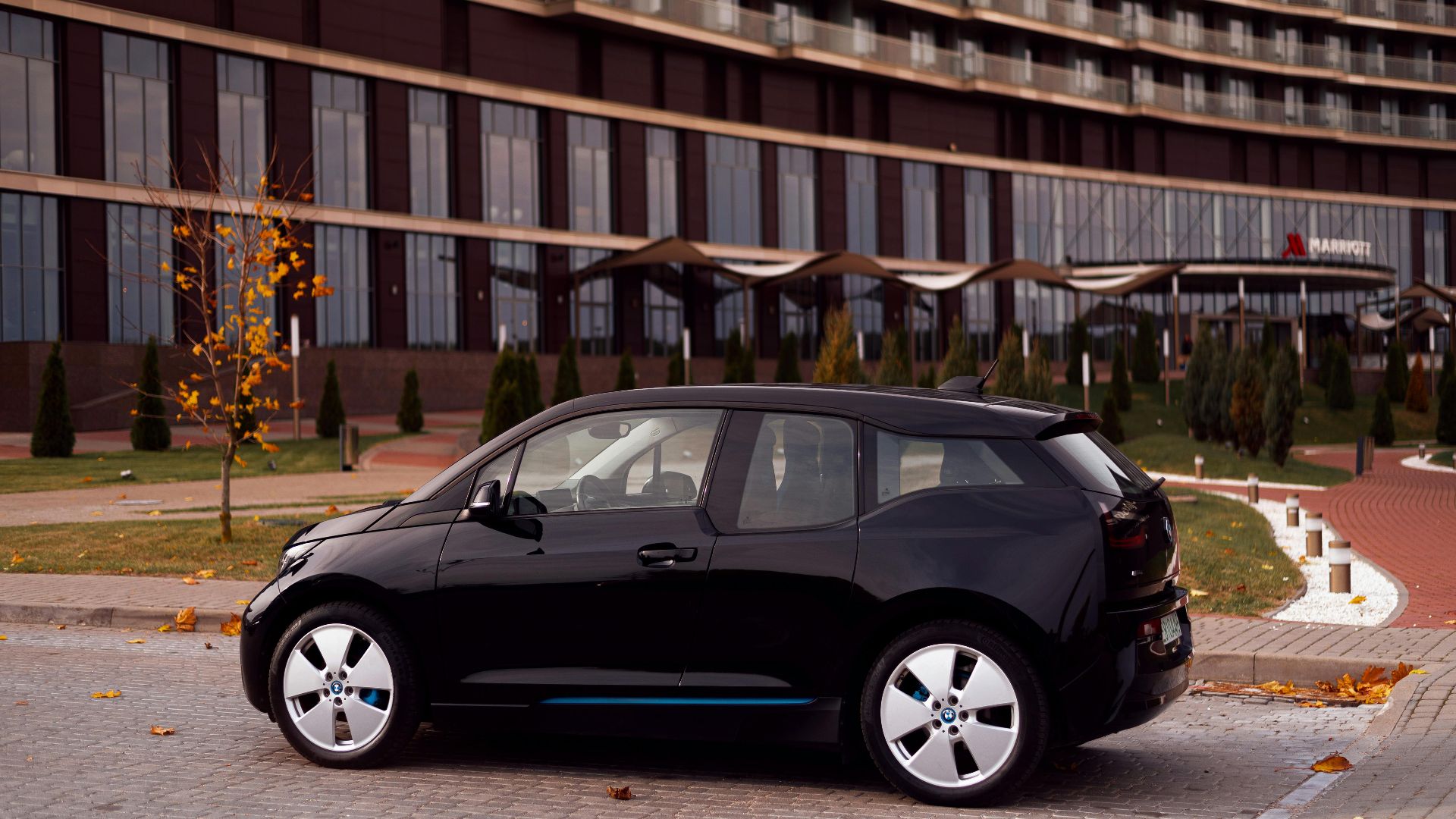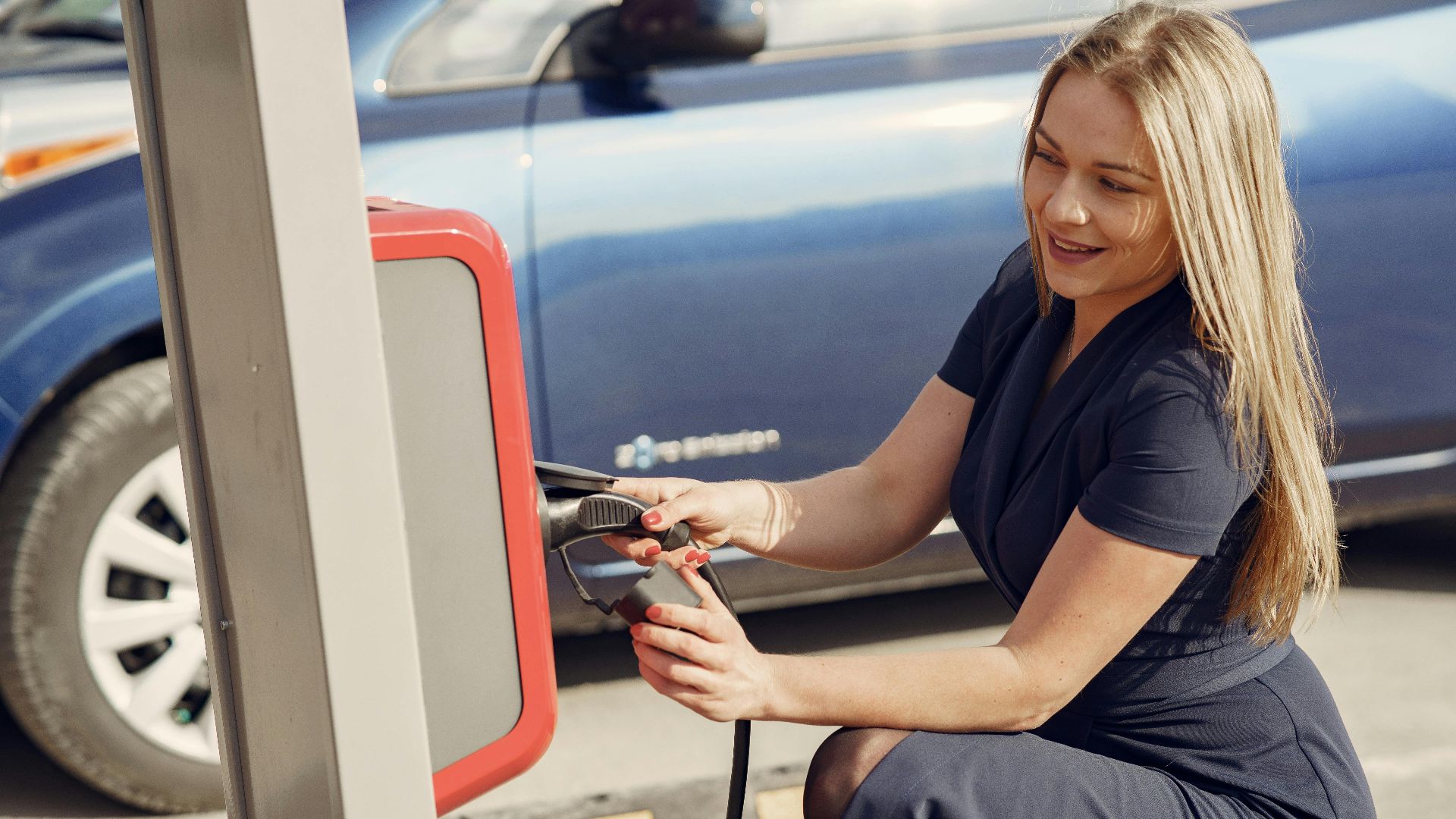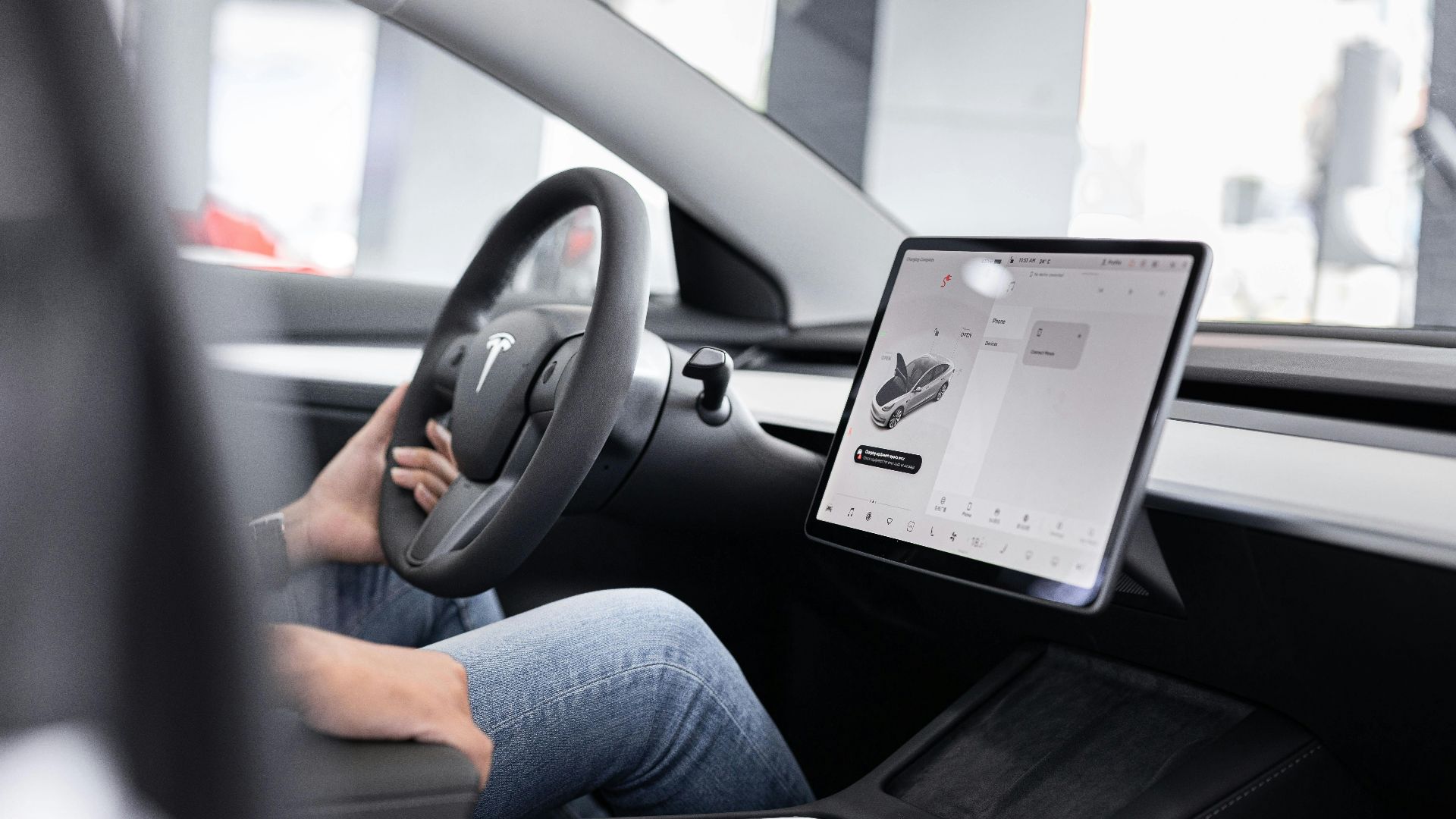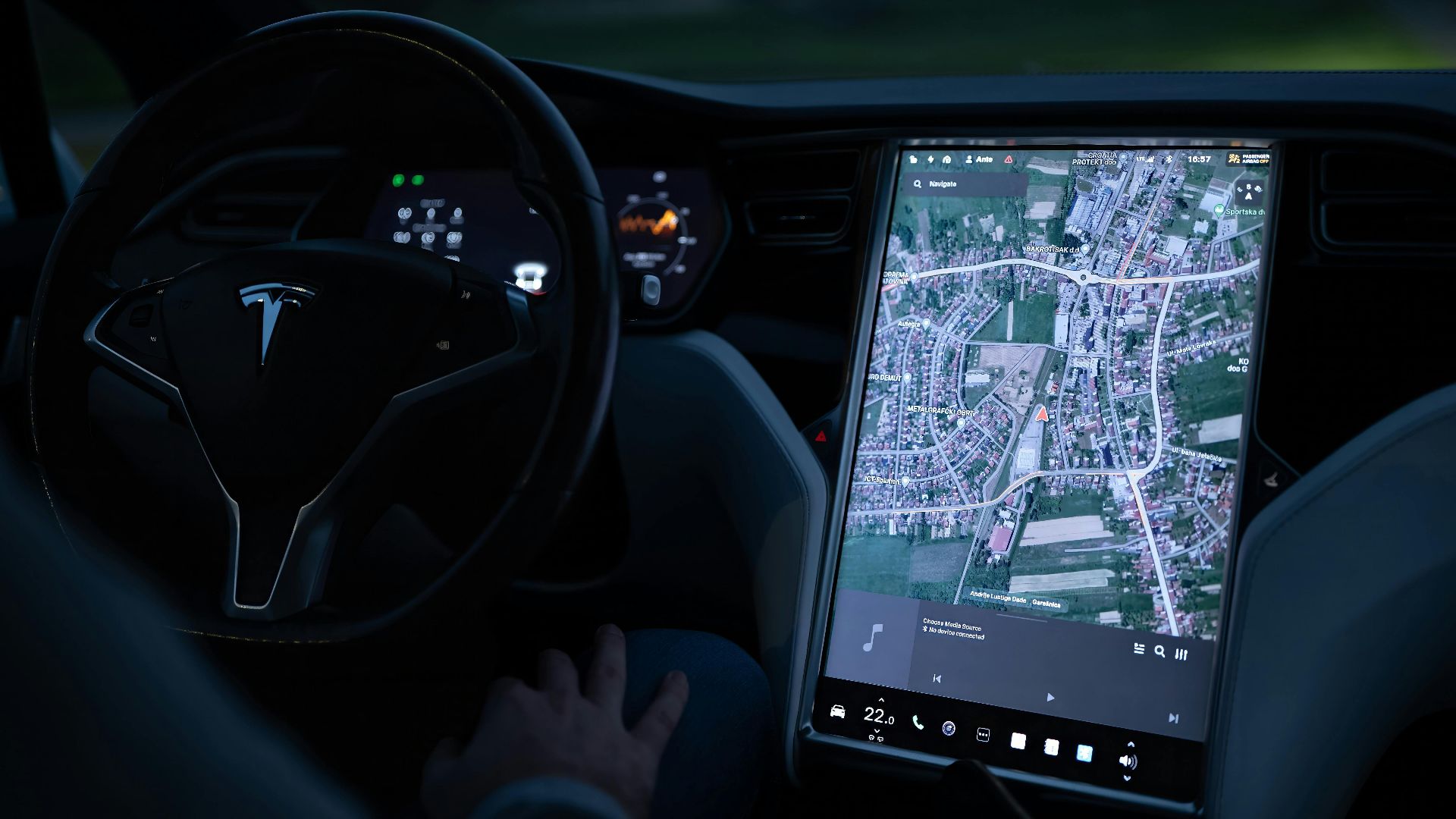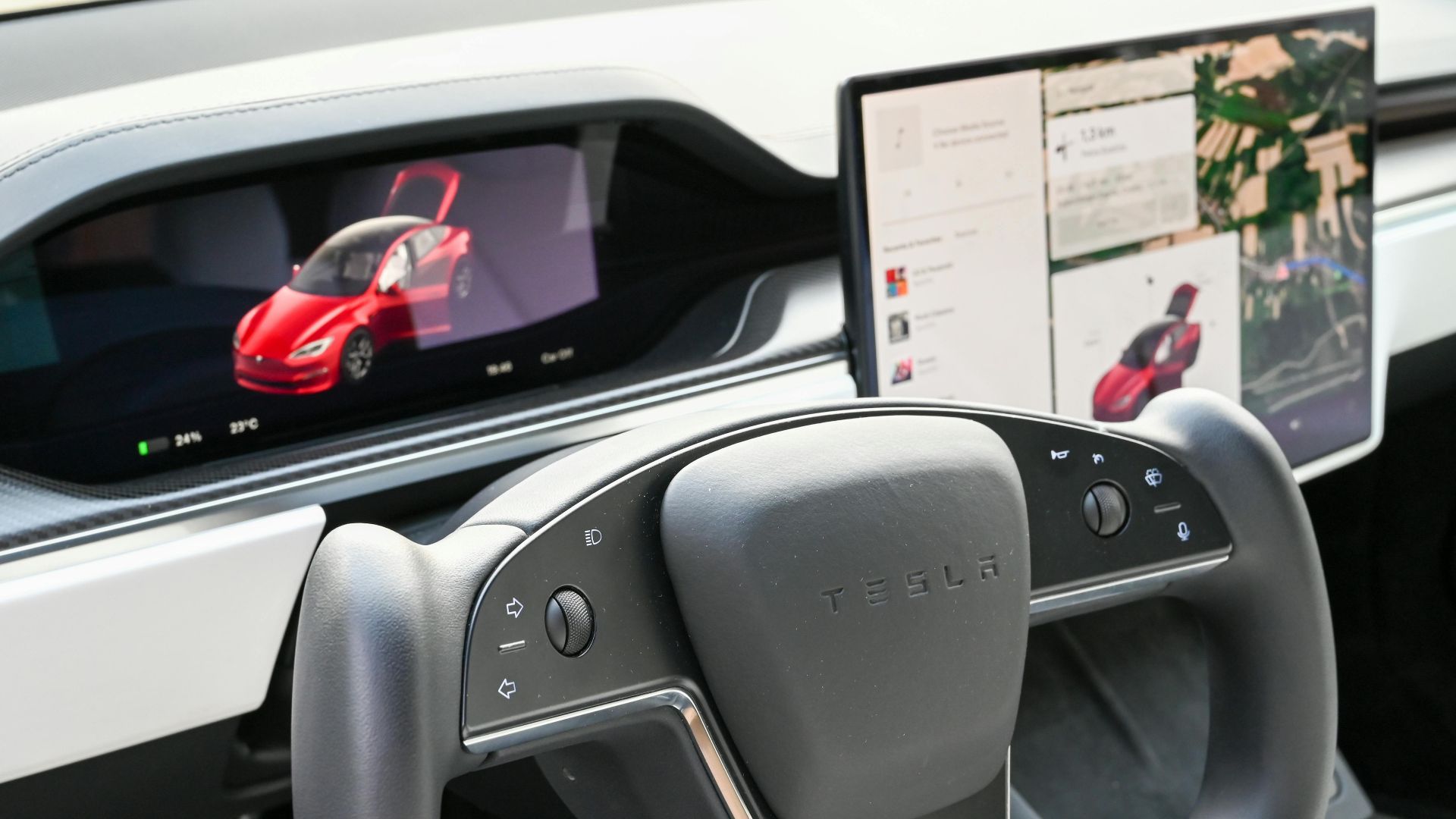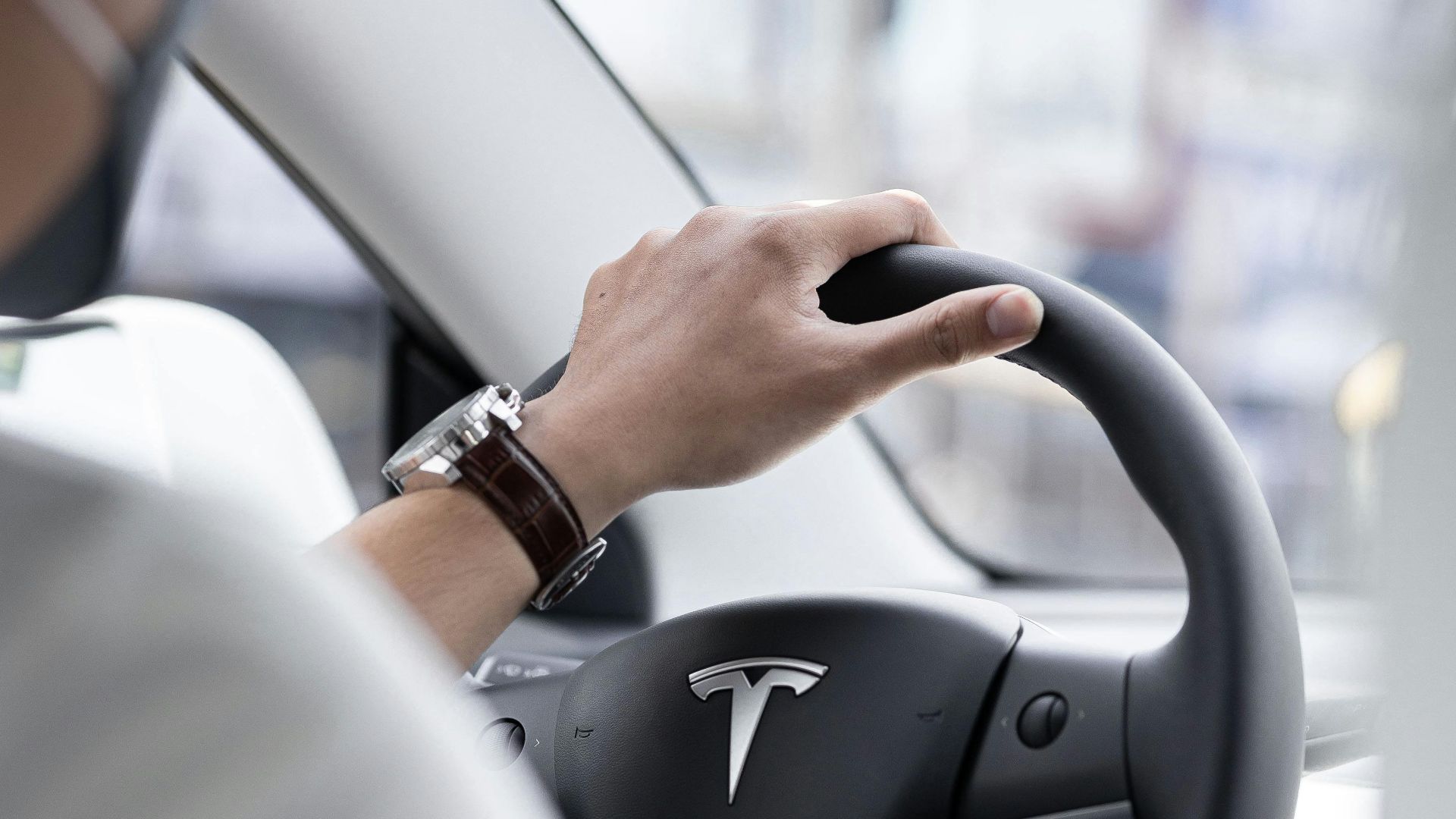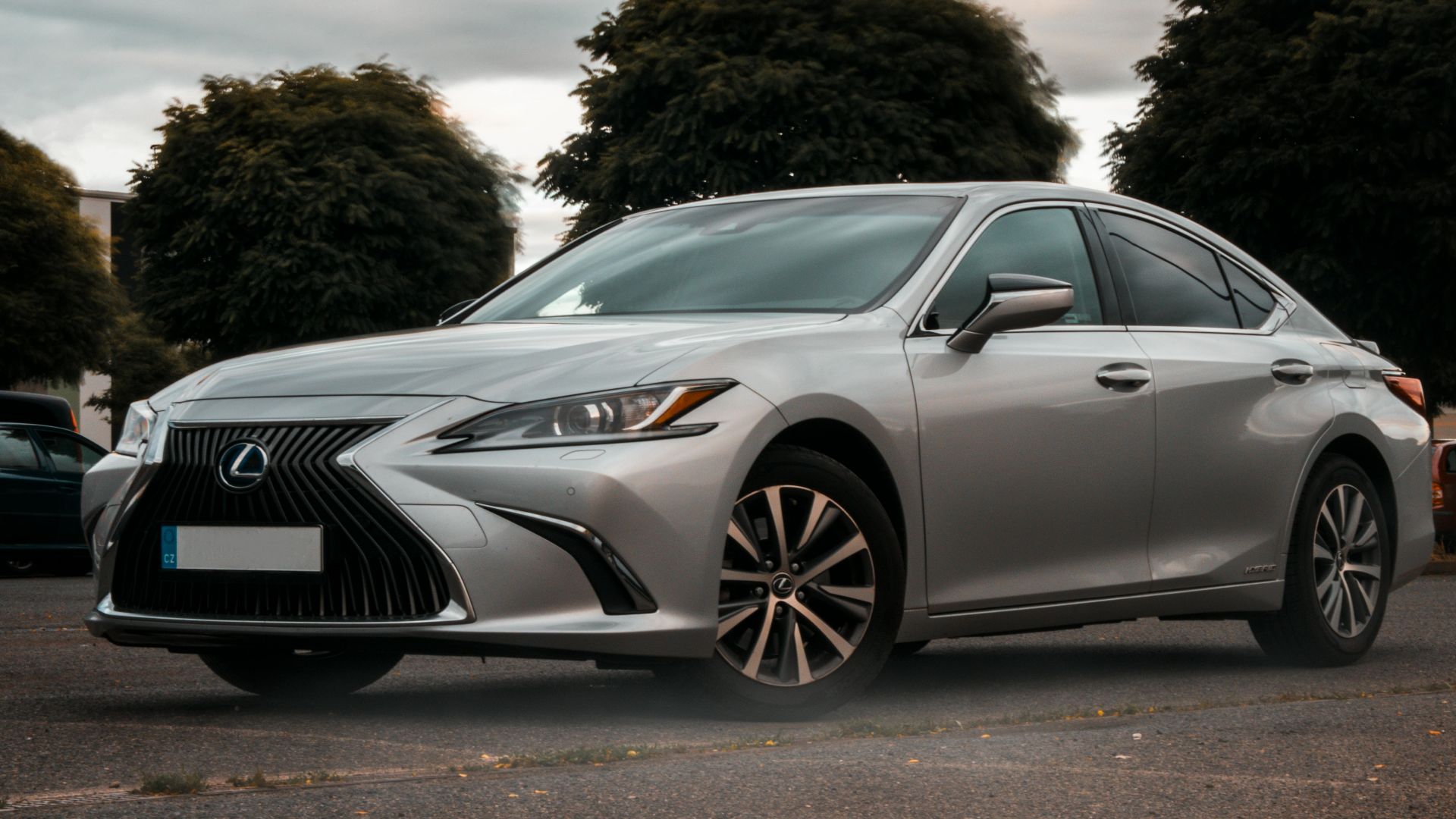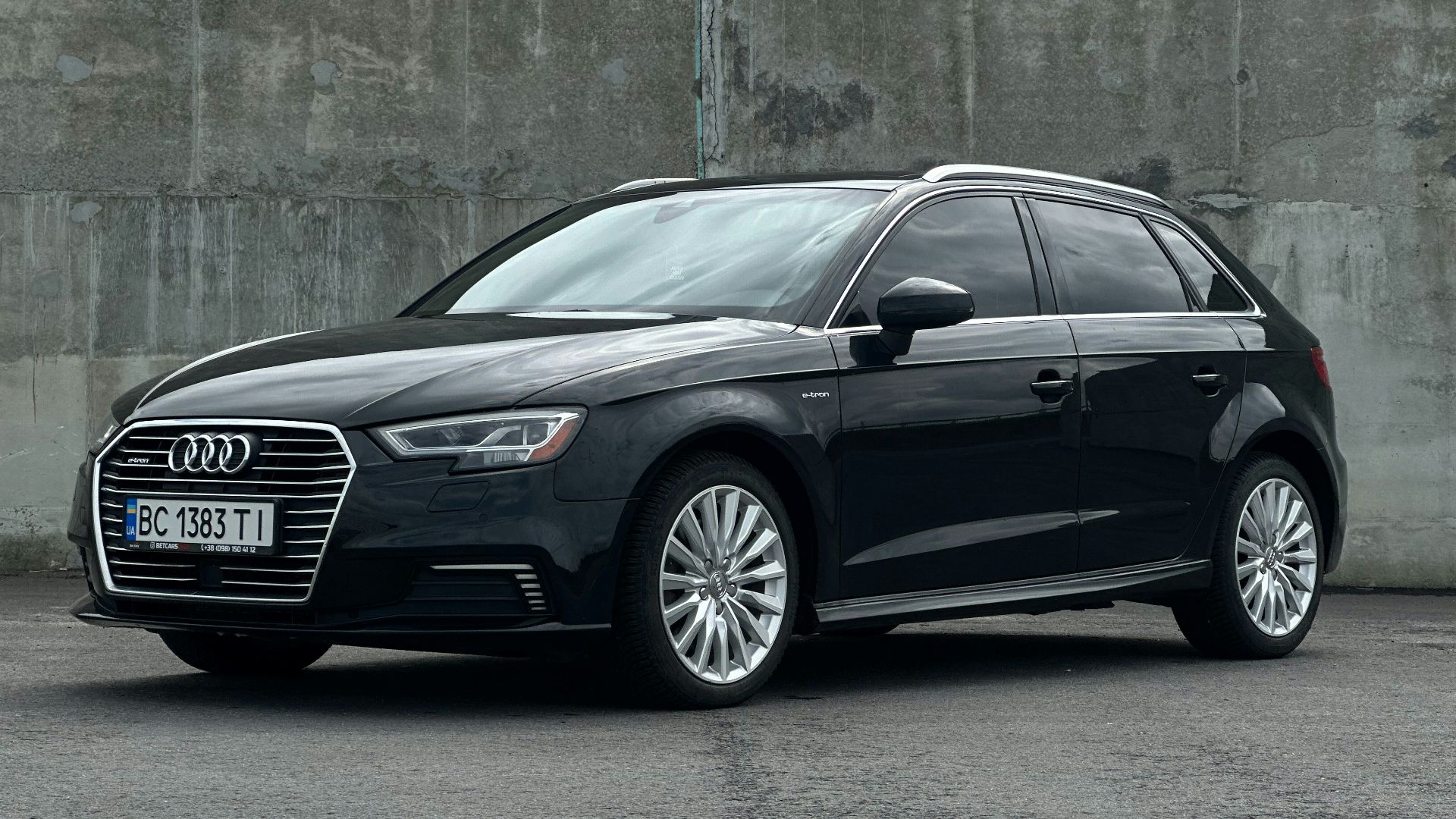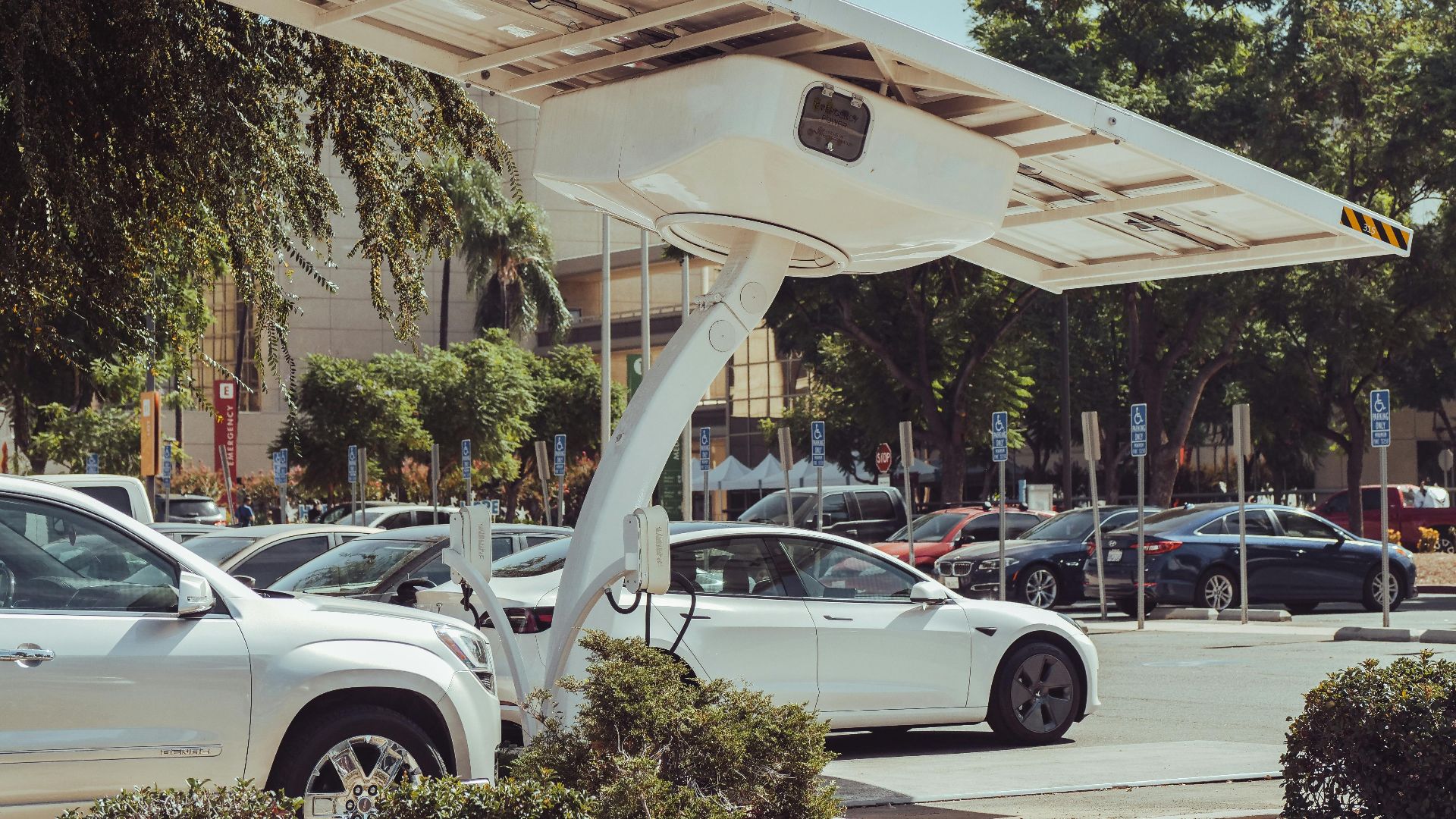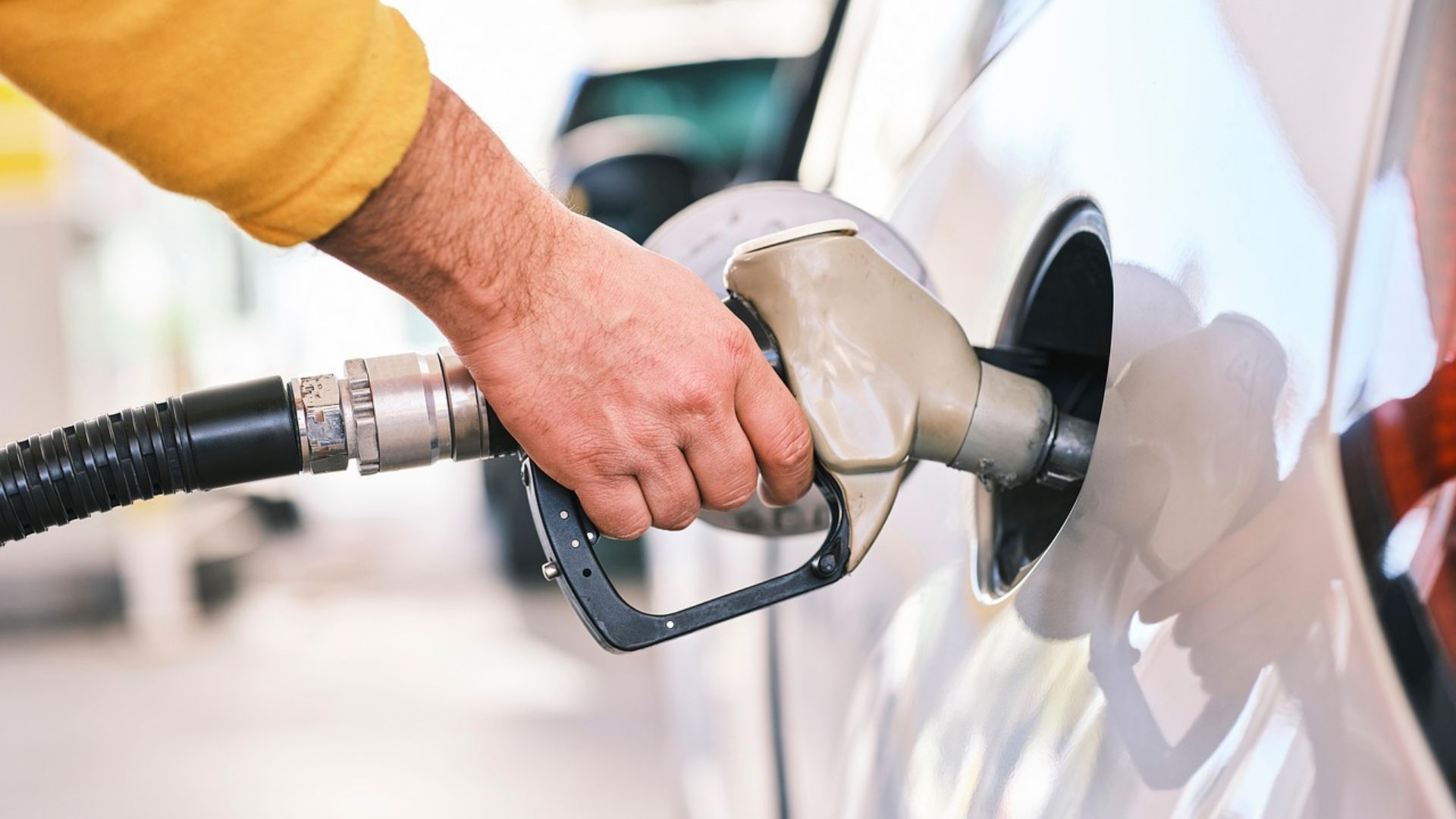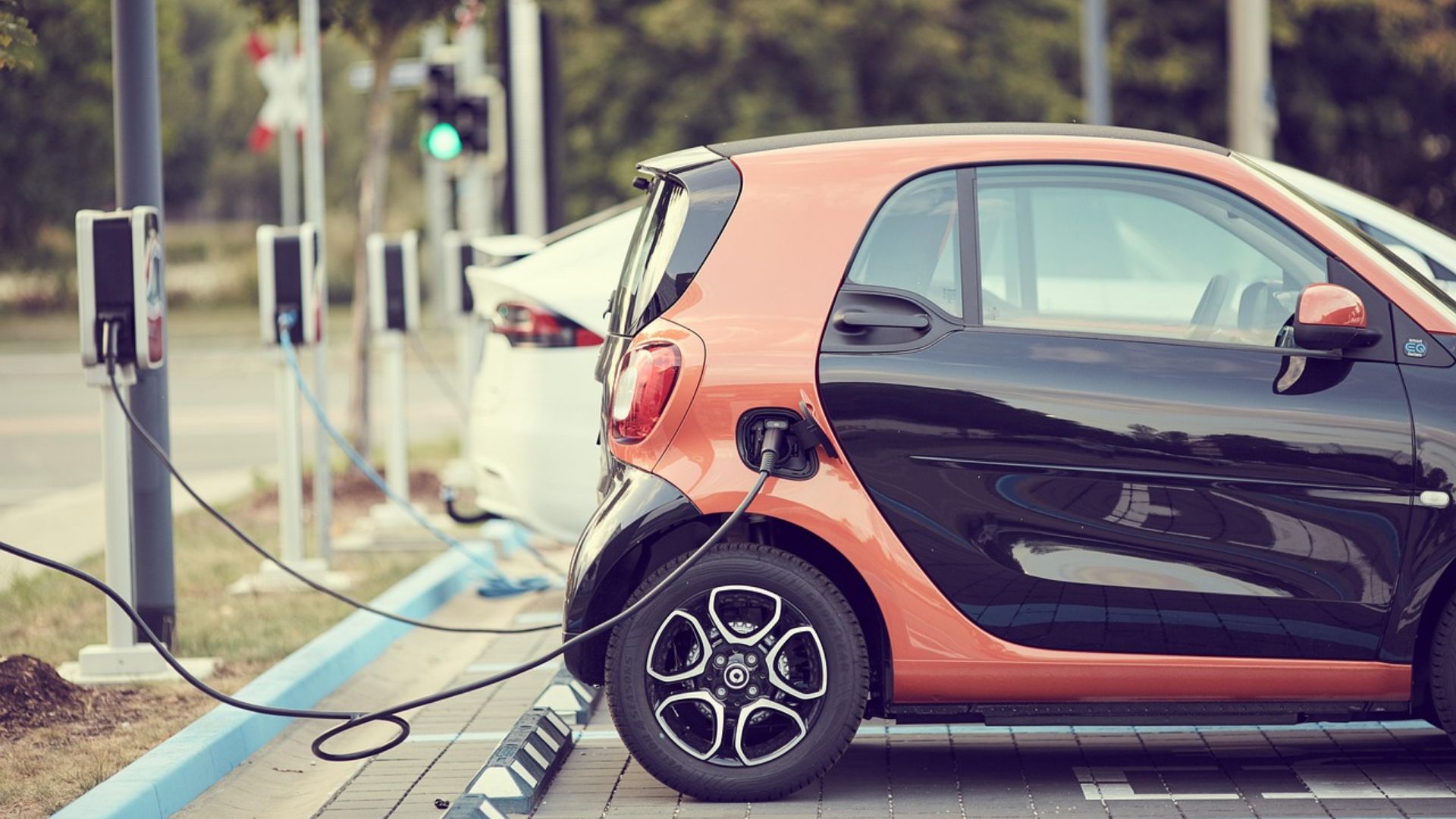Drivers Are Giving Up
Electric vehicles promised freedom from gas pumps and a cleaner future, but for many, the reality has been less convenient and full of unwelcome surprises. Quietly, drivers across the country are rethinking their decision on EVs.
Charging Stations Are Still Too Hard To Find
Despite growth in EV infrastructure, public charging remains scarce in many regions. Suburban sprawl and uneven investment leave entire neighborhoods without a single station. For daily commuters and errand-runners, this lack of access quickly becomes a significant barrier to EV ownership.
Fast Chargers Fail When You Need Them Most
High-speed chargers promise quick power-ups, but performance remains inconsistent. Malfunctions and unpredictable downtime often leave drivers stranded. During commutes or cold snaps, this unreliability disrupts schedules and sparks frustration by turning what should be a convenience into a stressful experience.
Public Chargers Are Broken More Often Than You'd Think
A 2024 Kempower study analyzing over 13 million charging sessions found that 47.1% of failures stemmed from EV communication issues and 44.1% from locking problems. These persistent bugs and malfunctions lead to widespread failed charges, which undermine trust in public infrastructure and hinder wider EV adoption.
Apartment Dwellers Can’t Plug In At Home
Millions of Americans live in buildings without dedicated parking, let alone a reliable charging option. Modifying the property is rarely an option for renters. This turns daily use into a logistical puzzle, where routine errands depend on unreliable public infrastructure.
Apartment Dwellers Can’t Plug In At Home (Cont.)
Even those with a private spot may run into resistance. Landlords and HOAs often cite insurance or aesthetics to deny charger requests. These gatekeepers add layers of red tape by stalling EV adoption in communities that otherwise seem perfect candidates for electrification.
Rural EV Owners Face Extra Infrastructure Hurdles
Rural America remains underserved in EV access. The US Department of Energy says that 70% of fast chargers are in metro areas. Sparse coverage forces rural drivers to take long detours that make EVs impractical. It reinforces inequities in clean transportation between urban and non-urban communities.
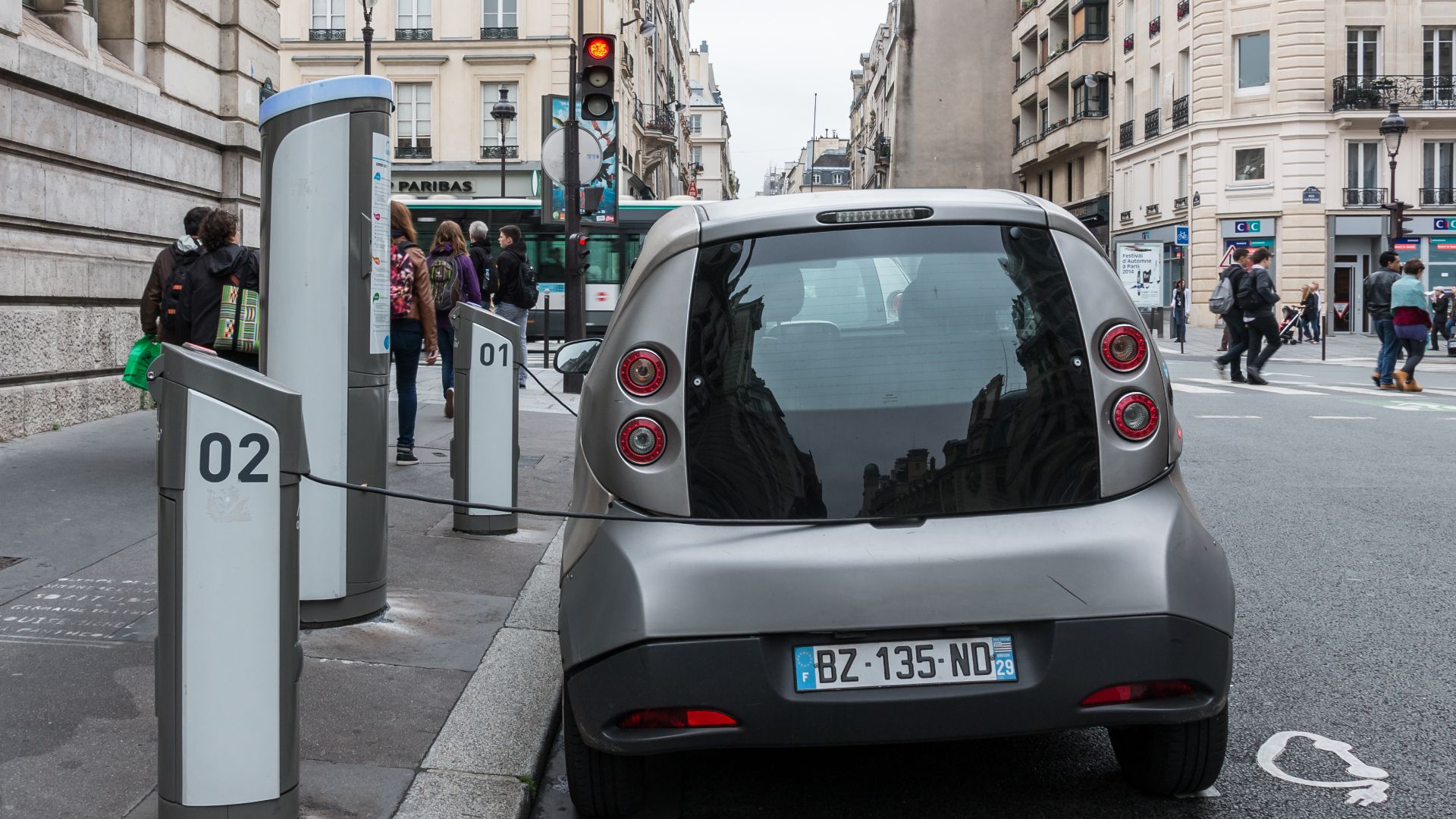 Dietmar Rabich, Wikimedia Commons
Dietmar Rabich, Wikimedia Commons
Trips Feels Like A Gamble
Planning a long drive with an EV means moving through patchy coverage and uncertain charging access. Queues and false availability reports turn travel into a gamble. For many, spontaneity is gone, replaced by cautious planning and anxiety about making it to the next stop.
Long Lines And Grid Overload Add Daily Stress
Even in well-equipped areas, peak hours bring frustration. Long lines at charging stations delay schedules, especially for rideshare drivers or workers on tight shifts. As EV adoption grows, local grids struggle to support clustered demand by causing power dips and additional wait times.

History's most fascinating stories and darkest secrets, delivered to your inbox daily.
EVs Still Cost More Than Most Gas Cars
Even with federal incentives, EVs cost more upfront. As of February 2025, Kelley Blue Book listed new EVs at an average of $55,273, compared to $48,039 for gas cars. This persistent price gap continues to discourage budget-conscious drivers from making the switch to electric.
Home Charging Installations Come With Big Price Tags
Installing a home EV charger can be costly. HomeAdvisor lists the average cost for a Level 2 unit at $965, with most projects between $551 and $1,384. Labor, permits, and panel upgrades increase prices, especially in older homes, where costs quickly become prohibitive.
Battery Replacement Can Break The Bank
While EV batteries are built to last, replacement isn't cheap. Depending on the model, a battery pack can cost between $5,000 and $20,000. This looming expense makes long-term ownership financially daunting for out-of-warranty vehicles or used EV buyers.
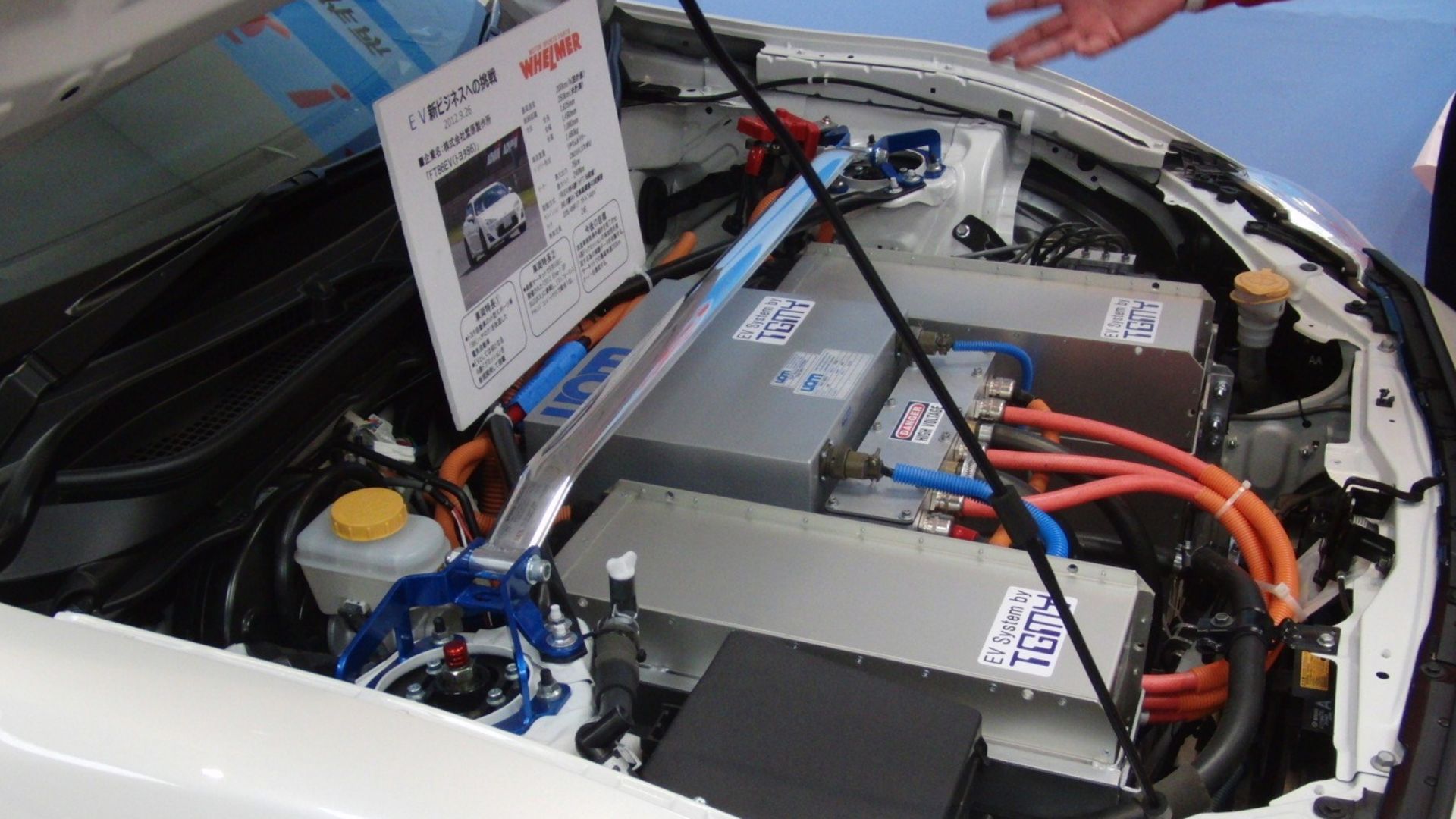 Tokumeigakarinoaoshima, Wikimedia Commons
Tokumeigakarinoaoshima, Wikimedia Commons
EV Insurance Rates Are Quietly Creeping Up
Insurance for EVs is often higher than for traditional vehicles. Insurers cite costly repairs and limited repair facilities as key reasons. A 2025 Insurify report found average EV insurance premiums are 23% higher, which raises ownership costs even after fuel savings are considered.
Untrained Repair Shops Drive Up Ownership Costs
Not all mechanics are equipped to service EVs. Specialized parts and safety protocols require training that many local shops still lack. As a result, EV owners often pay premium prices at certified centers, which inflates maintenance costs and reduces repair options.
Maintenance Isn't Always As "Low" As Promised
Although EVs skip oil changes and spark plugs, their maintenance needs aren't negligible. Tire wear is faster due to heavier vehicle weight, and software updates or system diagnostics can incur dealer fees. These hidden costs challenge the assumption that EVs are always cheaper to maintain.
Resale Value Drops Faster Than Expected
Depreciation is hitting EVs hard. Rising supply and buyer concerns over battery life are dragging resale values down. A 2025 iSeeCars report found that after five years, electric vehicles lose 58.8% of their value by outpacing the industry average of 45.6% and leaving sellers with steep losses.
Claimed Range Rarely Reflects Real-Life Use
EPA estimates often overstate real-world EV performance. Stop-and-go traffic and aggressive driving significantly reduce range. Independent tests have shown that advertised numbers can fall short by 20% or more to leave drivers to recalibrate expectations after a few weeks on the road.
Cold Weather Slashes Battery Performance
In cold weather, EV batteries operate less efficiently. Below-freezing temperatures reduce range and strain heating systems. These limitations force more frequent stops and lead many drivers to rethink daily routes and routines when temperatures dip.
Cold Weather Slashes Battery Performance (Cont.)
That strain extends to climate control. Since EVs rely on battery power rather than waste heat, heating output suffers in freezing conditions. Drivers frequently report slow warm-ups or insufficient cabin heat by turning winter drives into chilly commutes that test patience and lower overall satisfaction with the experience.
Hills And Heat Kill Efficiency Fast
Driving through mountainous terrain or in hot climates affects EV range. Climbing grades demand more energy, while high temperatures prompt cooling systems to work overtime. Both scenarios cause sudden drops in efficiency, especially in models with smaller battery capacities or weaker thermal regulation.
Long Drives Turn Into Stressful Calculations
Planning extended trips in an EV requires constant monitoring of range and terrain. Misinformation from mapping apps and inconsistent station availability add mental strain. The freedom once associated with road trips is often replaced by range anxiety and complex logistics.
Towing Anything Makes The Range Plummet
Towing cuts the EV range by nearly half in many models. The extra weight demands more power, and drag increases battery drain. For campers or anyone hauling gear, EVs become unreliable partners, limited by physics and unprepared infrastructure for heavy-load scenarios.
Hotel Charging Isn’t Always Guaranteed
While more hotels advertise EV-friendly amenities, actual charger availability is hit or miss, and restrictions on non-guests disrupt overnight charging plans. Travelers may arrive expecting to recharge, only to find outdated systems or long waits that leave them scrambling.
Charging Delays Disrupt Daily Routines
The predictability of a full gas tank vanishes, replaced by the uncertainty of whether today’s charge will go as planned. Even short delays have ripple effects for commuters or parents on the go. Anything from the before-mentioned reasons can throw off schedules in an instant.
Many Owners Still Keep A Backup Gas Car
Road trips or power outages often expose electric vehicles' limitations. Having a second, fuel-powered car provides reassurance. Despite investing in EVs, some drivers still keep gas vehicles, which shows that electric models haven’t fully earned trust as practical, all-purpose transportation yet.
Older Homes Can’t Handle EV Charging Loads
Many homes built before the 1990s lack the electrical capacity to support Level 2 chargers. Installing one may require expensive panel upgrades or rewiring. These structural limitations present a significant obstacle, particularly in older neighborhoods or historic districts with preservation rules.
 José Antonio Otegui Auzmendi, Pexels
José Antonio Otegui Auzmendi, Pexels
Software Glitches Are Too Common To Ignore
EVs rely on complex software for everything from battery monitoring to drive modes. But glitches remain common, causing false range estimates or even shutdowns. Manufacturers often fix these via updates, but repeated issues erode trust in what should feel like innovative, dependable technology.
Updates And Tech Failures
Over-the-air updates sound convenient, but they often introduce new problems. Bugs or missing features can force trips to the dealer. For many owners, this feels increasingly unpredictable and frustrating, like they’re beta-testing a product that’s still a few versions away from being reliable.
Updates And Tech Failures Undermine Trust (Cont.)
That same unpredictability carries into touchscreen-heavy cabins. While sleek in design, these systems complicate basic tasks. Simple functions like adjusting mirrors or climate settings require multiple steps. Plus, if you're wearing gloves, poor responsiveness adds friction, which hinders more than it helps.
Some EVs Just Aren’t Fun To Drive
Some electric models feel sterile by comparison—for drivers who live for the visceral thrill, that’s a letdown. They may launch quickly, but numb steering and minimal feedback dilute the joy. Not every EV delivers the dynamic experience that once made driving feel alive and personal.
Dealerships Are Quietly Steering Buyers Back To Gas
Sales staff are pressured to move inventory, and EVs often complicate that mission. Limited incentives and customer uncertainty lead some dealers to nudge buyers toward gas models instead. It’s a subtle shift that slows electric momentum at the ground level.
Fleet Managers Are Canceling EV Orders
High upfront costs and maintenance uncertainties are causing hesitation. Several central logistics and rental companies have paused or reduced their EV commitments by citing the total cost of ownership and logistical complexity as primary concerns over immediate electrification.
 Photo By: Kaboompics.com, Pexels
Photo By: Kaboompics.com, Pexels
Hybrid Cars Are Winning Back Frustrated Owners
Frustrated by range anxiety and unpredictable charging access, many early adopters are returning to hybrids. They offer a smoother balance between electric drive and gas backup without constant planning. For drivers burnt out on charger stress, hybrids feel like a flexible compromise.
Hybrid Cars Are Winning Back Frustrated Owners (Cont.)
This shift often stems from growing buyer’s remorse. Reality hasn’t matched the marketing for many EV owners. Unplanned maintenance and inconsistent reliability are common gripes. Online reviews increasingly reflect this sentiment by highlighting how hybrids now feel like a practical reset rather than a step back.
Online Forums Reveal A Wave Of Regret
From Reddit to brand-specific EV forums, threads detailing frustrations are multiplying. Users cite battery degradation or tech bugs. These firsthand accounts shape perception and influence potential buyers, sometimes more than any ad campaign or dealership pitch ever could.
Enthusiasm Is Slipping In Major Markets
Consumer demand has cooled in key regions like parts of Europe. Slower adoption rates and secondhand market drops are contributing factors. Where EVs once symbolized innovation, they now face increasing scrutiny from everyday drivers weighing trade-offs more cautiously.
Utility Grids Can't Keep Pace With EV Growth
As EV adoption grows, the pressure on local power grids increases. In some areas, infrastructure struggles to handle clustered charging demands, especially during peak hours. Utilities warn that major upgrades are needed, or rolling blackouts and delayed charger installations could become more common.
Gas Cars Keep Getting More Efficient
Modern gas-powered vehicles are cleaner and far more fuel-efficient than their predecessors. Some models now rival hybrids in miles per gallon. For budget-conscious consumers, the shrinking efficiency gap makes gas cars a compelling alternative to the constantly evolving electric vehicle space.
Political Fights Are Making EVs A Culture War
Electric vehicles are no longer just about clean tech—they've become a lightning rod in political discourse. Debates over government mandates and climate policies have polarized public opinion by placing EVs at the center of an ideological tug-of-war across states and communities.
Political Fights Are Making EVs A Culture War (Cont.)
In some regions, EV driving signals political affiliation more than environmental intent. Misinformation campaigns and reactionary pushback have deepened the divide. This cultural framing undermines EV adoption by turning a practical choice into a symbolic act fraught with unintended meaning.
The Transition Feels Forced And Premature
Many consumers feel like EVs are being pushed before the ecosystem is ready. Limited infrastructure and regulatory pressure create the sense that change is being mandated, not earned. This perception fuels resistance, even among those who might otherwise support clean transportation goals.
Many Just Miss The Simplicity Of Gas-Powered Cars
Gas cars are familiar and straightforward: fill the tank and drive. EVs introduce new habits and systems. For those not seeking disruption, the learning curve feels steep. Despite innovation, many drivers still favor the ease and predictability of traditional combustion vehicles.

